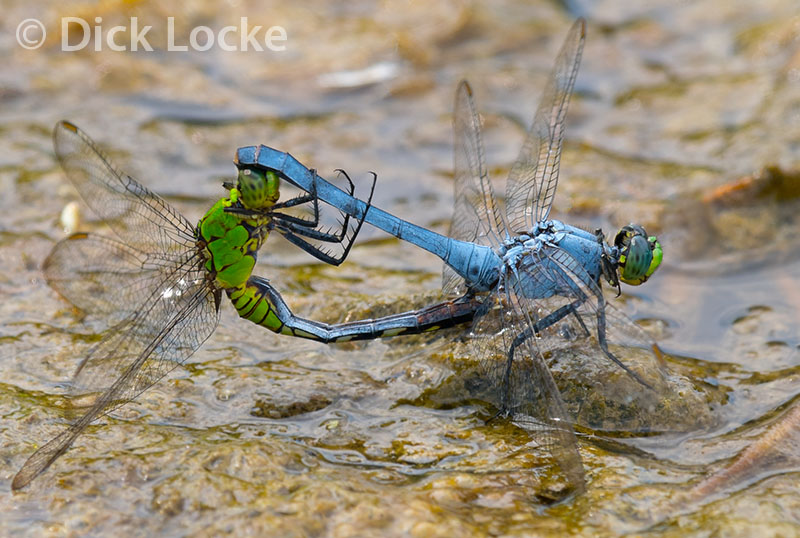
Mating Eastern Pondhawk Dragonflies
Dragonflies and damselflies make good targets in the dog days of summer. They're readily available in the yard around our house, so I don't need to leave the air conditioning for long. I'm still learning to identify the common species in the area so I put together this pictorial guide. It shows full views to help easily identify the species. All images from The Woodlands or nearby areas in Montgomery County.

Dragonfly mating is unusual by human standards ;-) The Female is green and the male is blue. This is from 2016 in our neighborhood with the big lens and D810A camera.
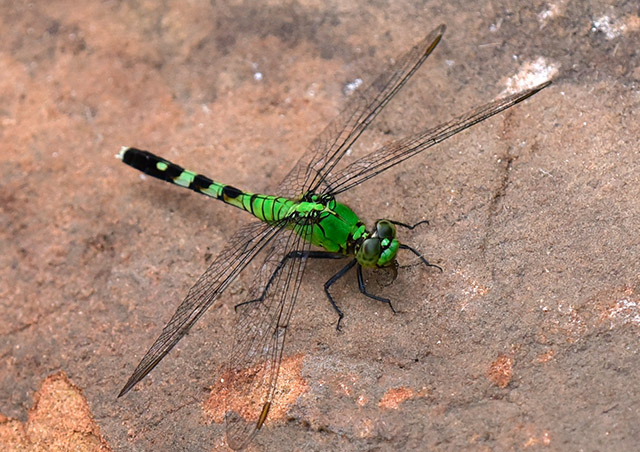
The Eastern Pondhawks are very common in our neighborhood. The green females are easy to identify. Green Darners, also green obviously, are much bigger. See below.
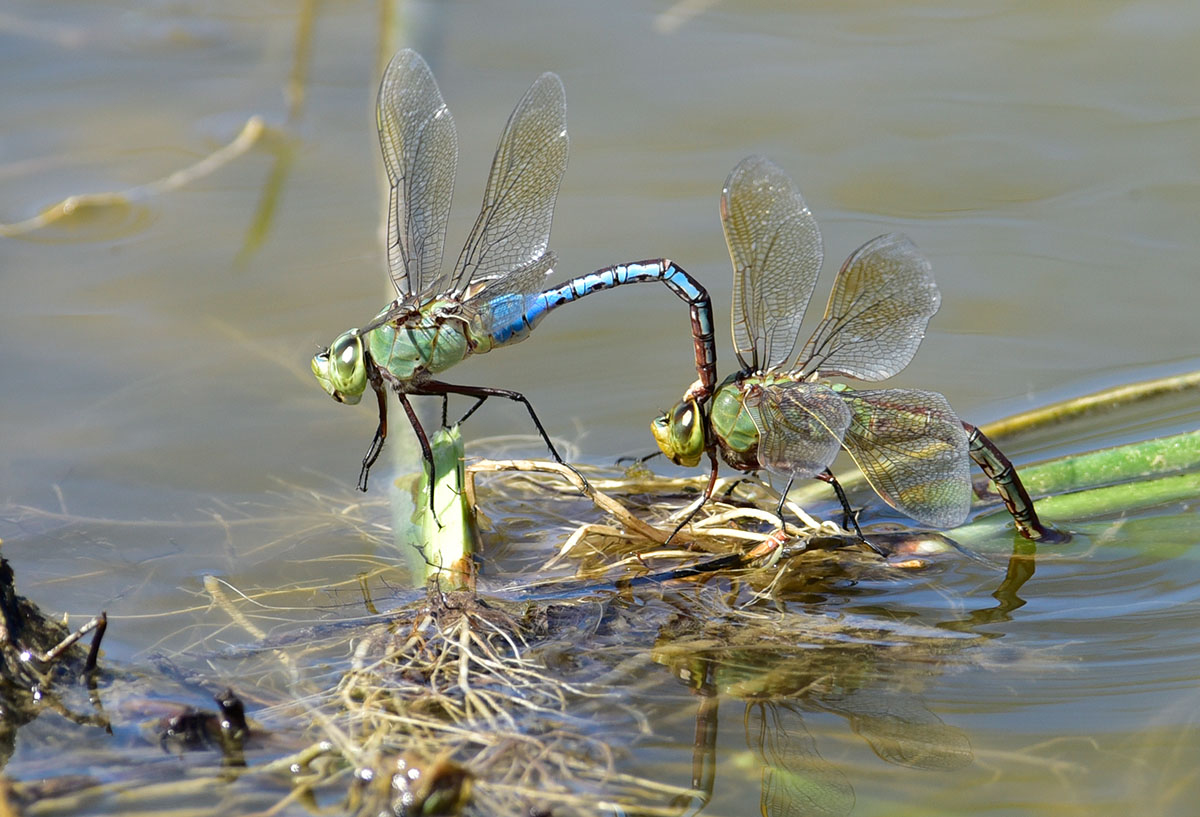
Very large and colorful dragonflies. I thought they were mating, and it may be fair to say they are... But really these dragonflies "ovipositing" (laying eggs). My buddy Gil advises: Photo shows Common Green Darner. Anax junius. The bluer one is the male. He is holding the female in tandem linkage, basically guarding her from other males. She is depositing eggs. Not all dragonflies will oviposit while in tandem linkage but this is one species that does
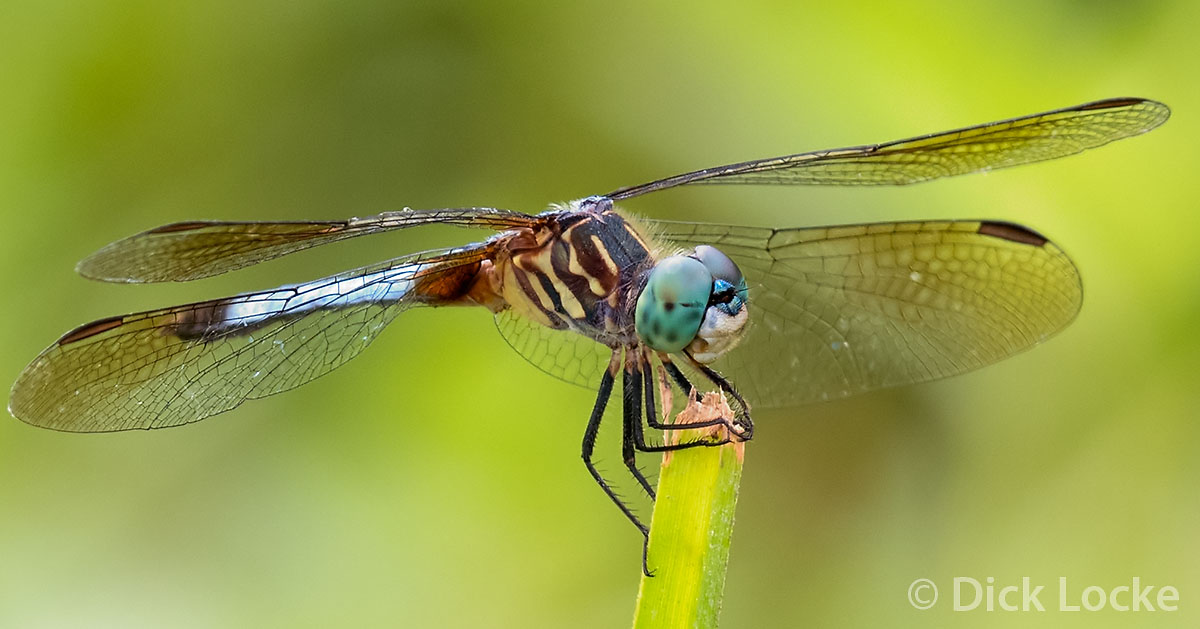
Male Blue Dasher dragonfly, Pachydiplax longipennis. I shot this guy with the big lens while I was chasing the Black-bellied Whistling-ducks (seen at the link). The males have the blue-green (cyan) colored eyes as shown here. The females have brown/reddish eyes as shown in the picture below. BugGuide link here. They are relatively small.
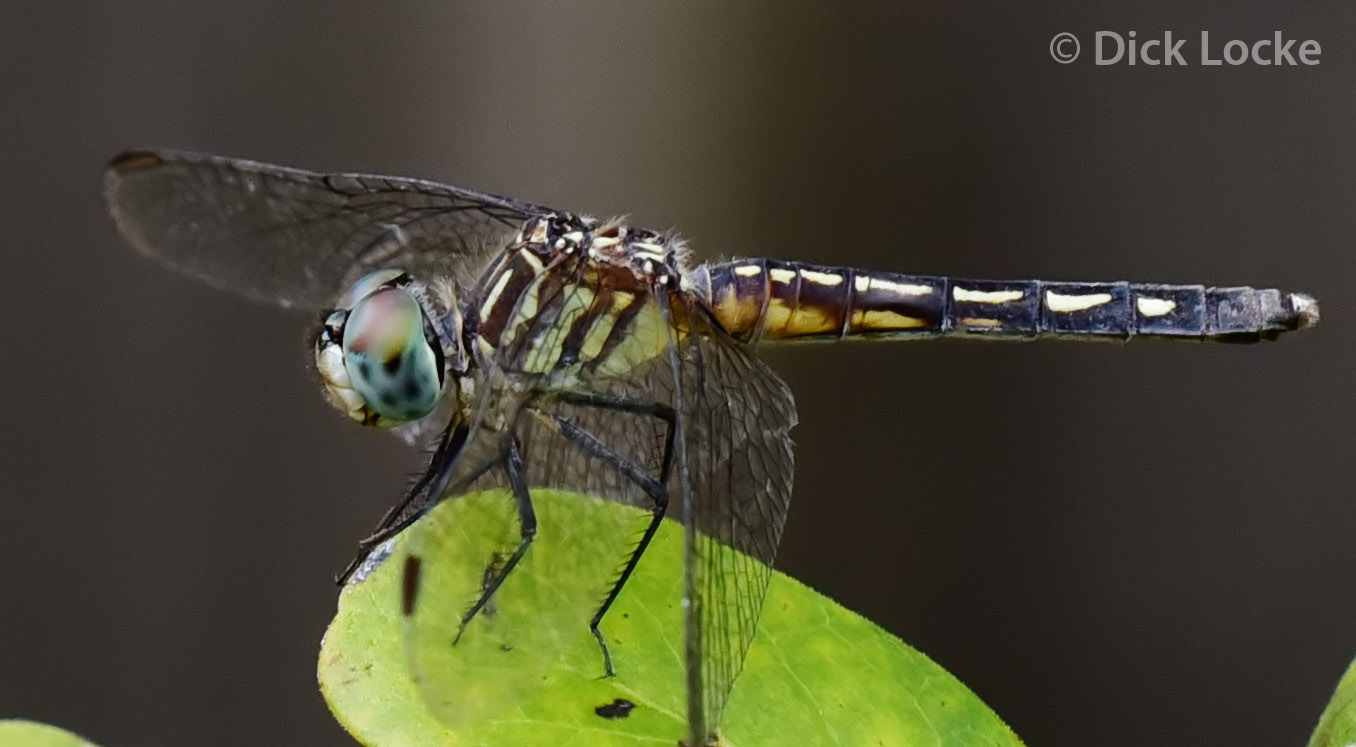
August 2016.
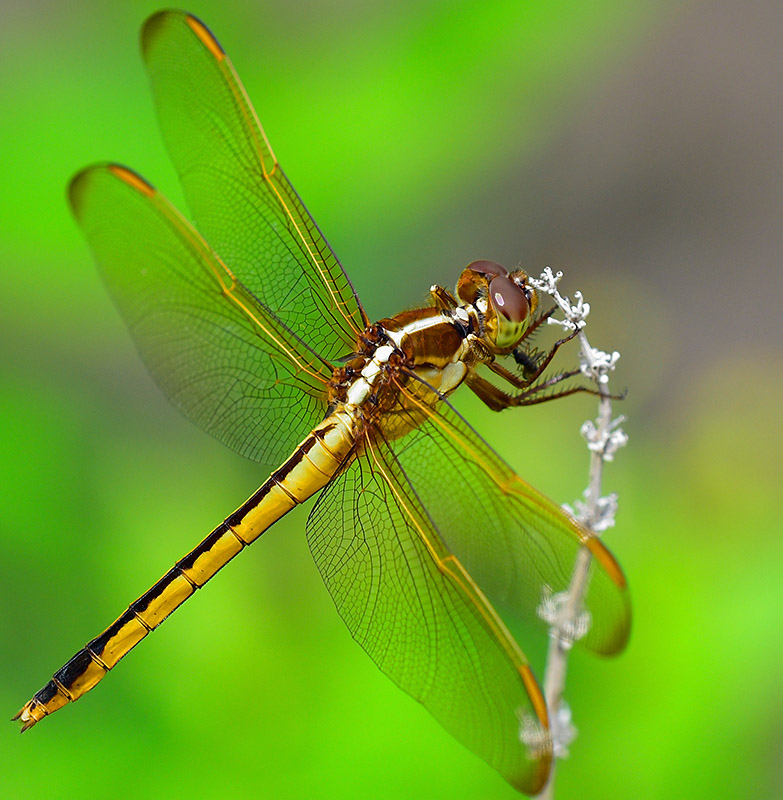
This is from the backyard, May 2015. If you look carefully you can see its prey which I suspect (and hope) to be one of that big nasty mosquitoes we're seeing after all the rains. Thanks again to Gil who provided the ID: This is a female-type skimmer, family Libellulidae. There are two species in your area that are almost identical: Golden-winged and Needham's Skimmers. They are told apart by the markings on the sides of the thorax. I can see just enough of that in your photo to suspect this is a female or immature male Needham's Skimmer (Libellula needhami). After viewing the image below: Based on the lateral view, it is confirmed: Needham's Skimmer. Image Details: Nikon D750 Camera, 200mm f4 macro lens aperture priority f8, 1/1600s, auto-ISO 1000, matrix metering. I used the fine resolution JPEG out of the camera, vivid setting, plus HDR toning in Photoshop at default settings, but with a fade to just saturation.
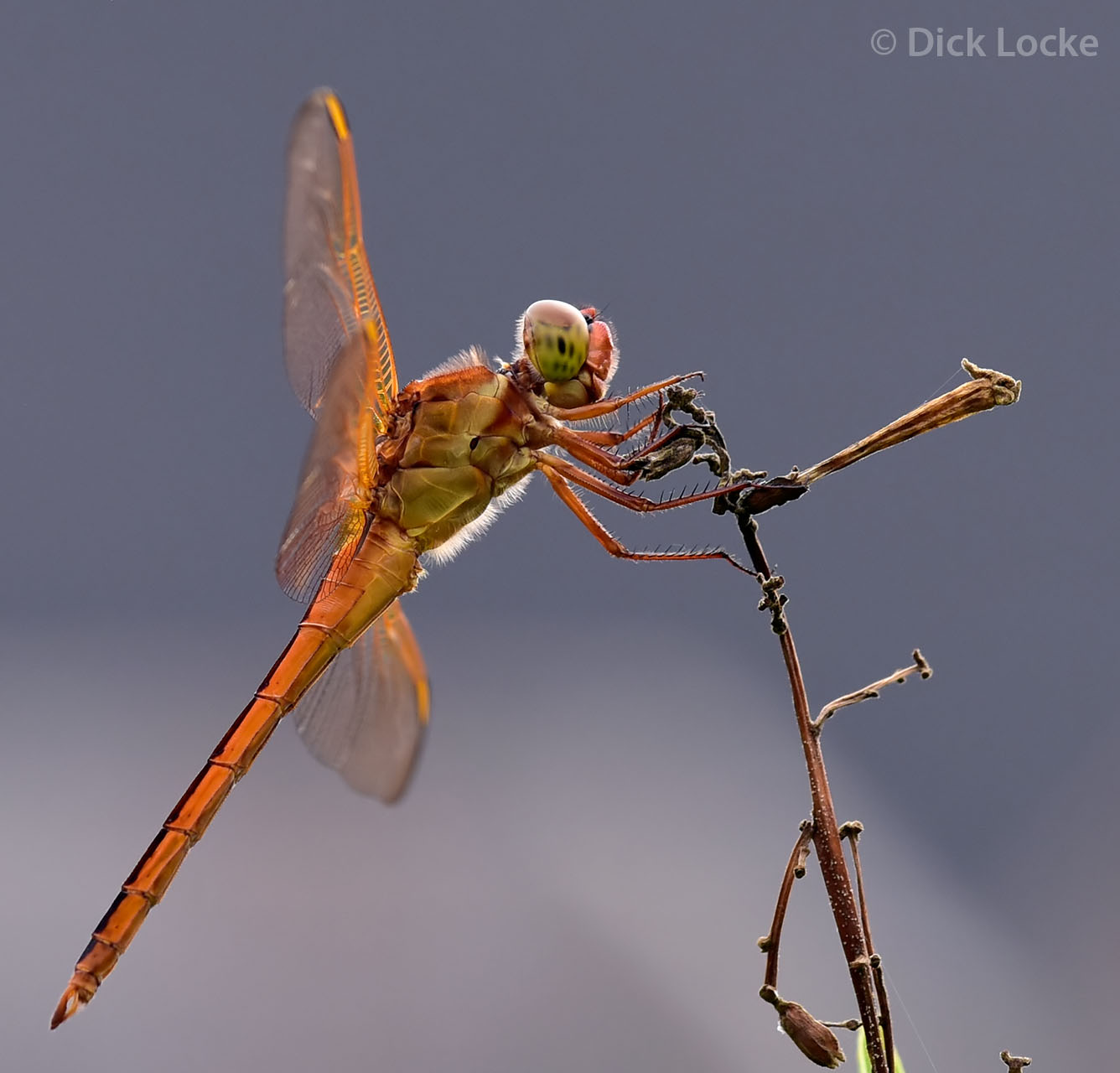
Check out the white hair on this guy (it's a male)! There was a little back-light thing going on with this images. Nikon D810A, f5.6, 1/1000s, ISO 400, -1 spot metered with the 500 just about as close as I could get! Posted 8/1/2016. Bugguide.net link here. Needham's and Golden-winged skimmers are almost identical, unfortunately for those of us trying to make IDs! This was originally ID'd, incorrectly, as a Golden-winged. Greg Lasley's excellent guide to differentiating Needham's & Golden-winged skimmers is at this link.
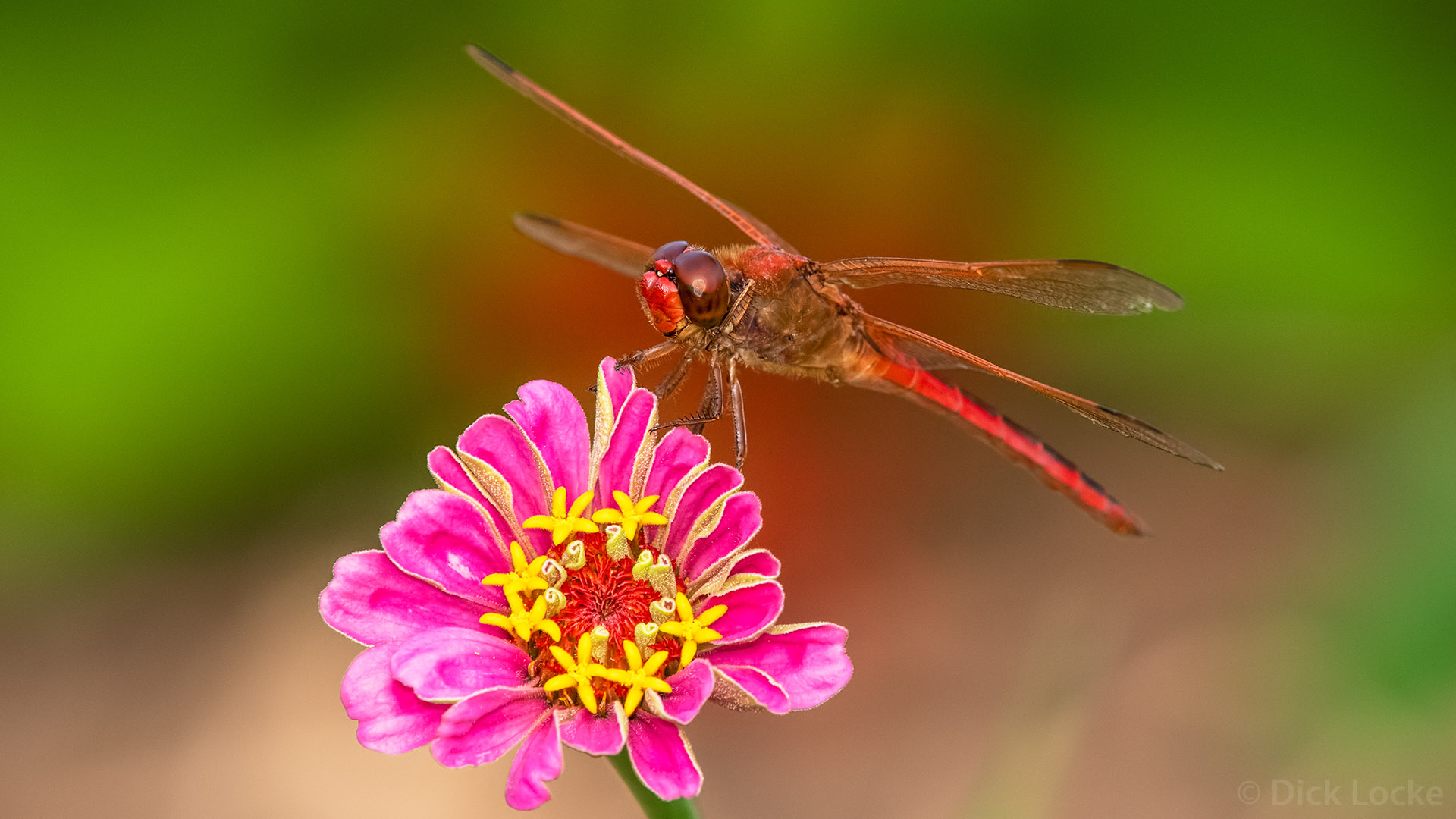
Above is a 2021 shot of a mature male Needham's Skimmer. These are hard to differentiate from Golden-winged Skimmers, but I have only ever seen Needham's in The Woodlands area. Here's a great web page that shows the differences between Golden-winged & Needhams.
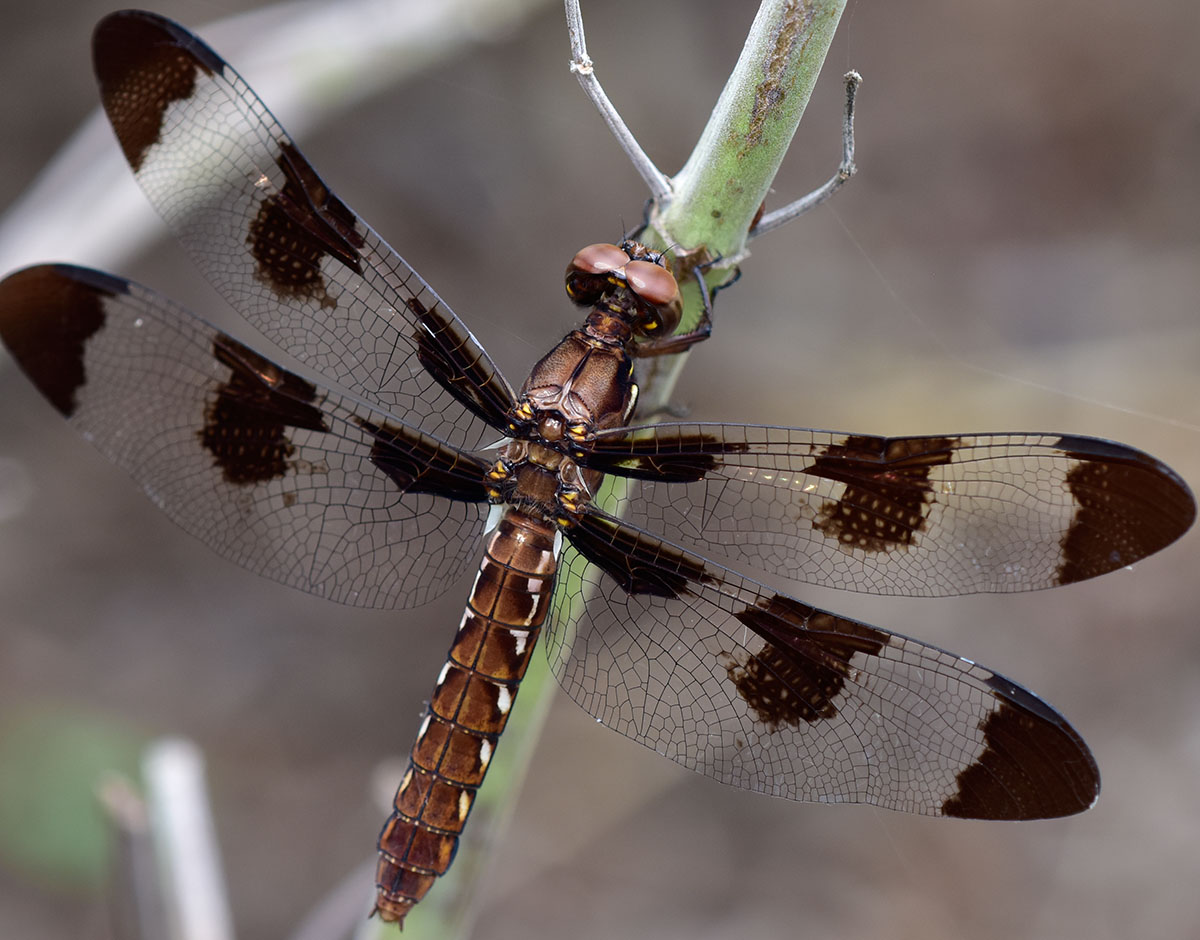
For some reason these ladies seem to be very camera shy! Nikon D810A camera and 200mm f4 lens at f8, 1/250s, ISO 500.
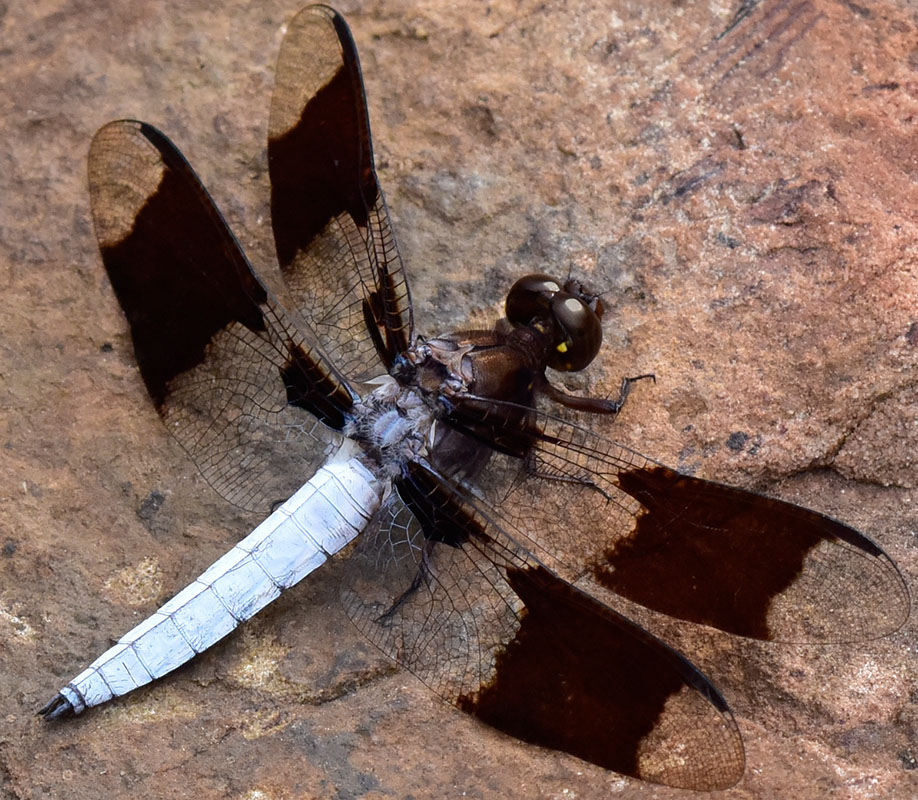
This is a pretty good side/back view of a male Whitetail. The camera angle allowed me to get most of the fly in focus. Whitetails are plentiful in our front yard this year (2015), where we have a bumper crop of both dragonflies and mosquitoes. Nikon D810A camera, 200mm f4 lens, 1/500s at f11, ISO 1600.

September 2016, back yard. This one was very cooperative in the early morning light. How about all that hair? Back yard 9/11/2016. Here's a link to the bugguide ID (a different shot of same bug). Tramea lacerata. Black Saddlebags. They are not as dark when immature. The yellow spots on the top of segment 7 (RL: on Bugguide shot of this guy) separates this from Red or Carolina.
.jpg)
From 6/13/20 in the hood. It's maddening to try to catch dragonflies in flight; managed to get this in decent focus. It wasn't interested in stopping for me. Carolina ID is iffy as Black Saddlebags is very close.
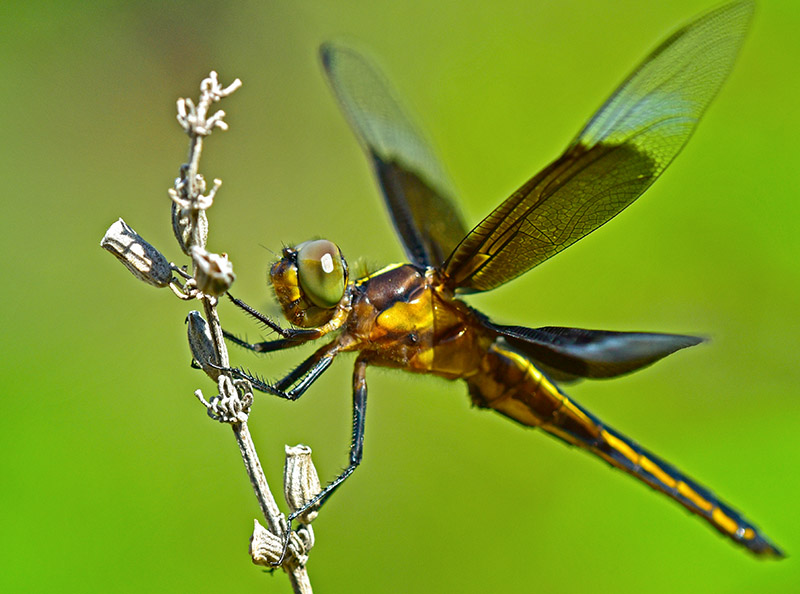
Male Widow Skimmer from 5/31/2015. Gil advises: Widow Skimmer (Libellula luctuosa), either a female or an immature male. The pattern of darkness on the wing is distinctive in this species. It is a close relative to, and in the same genus as, your Needham's Skimmer.
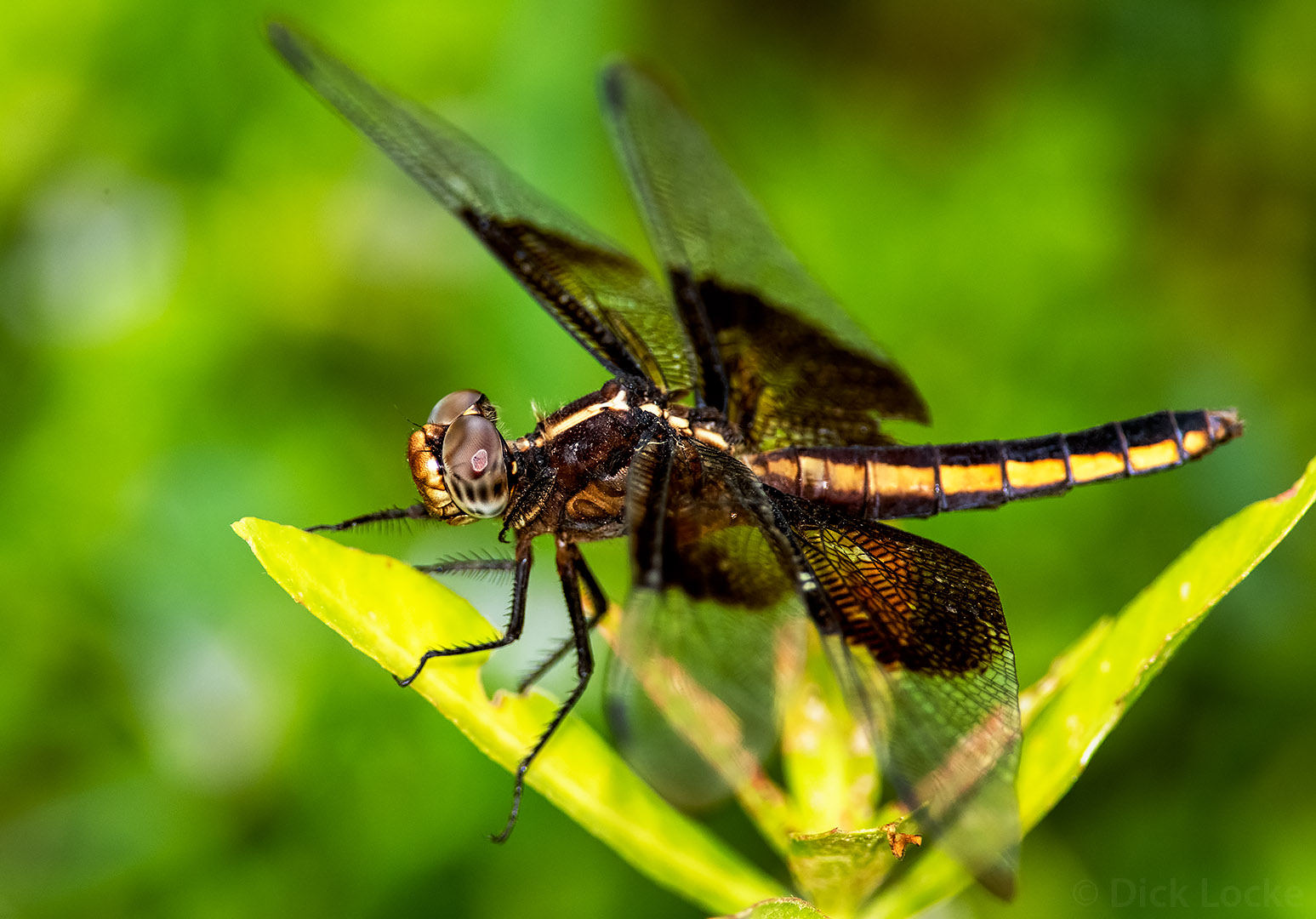
This is from July 2020 in the drainage area around our neighborhood. The only other I photographed was the one shown prior to this, 5/31/2015 in the back yard.

June 2020 backyard
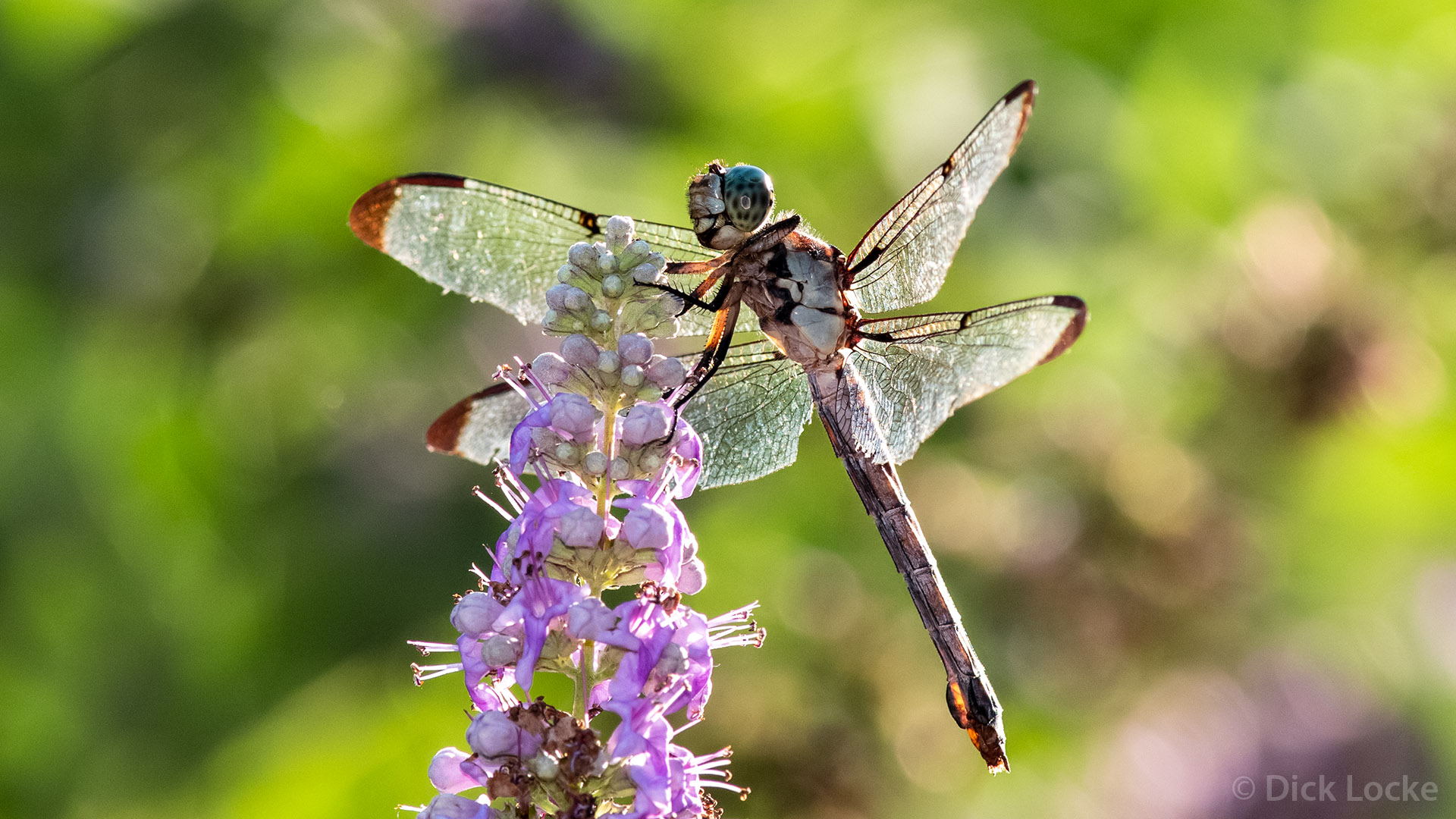
June 2020, backyard
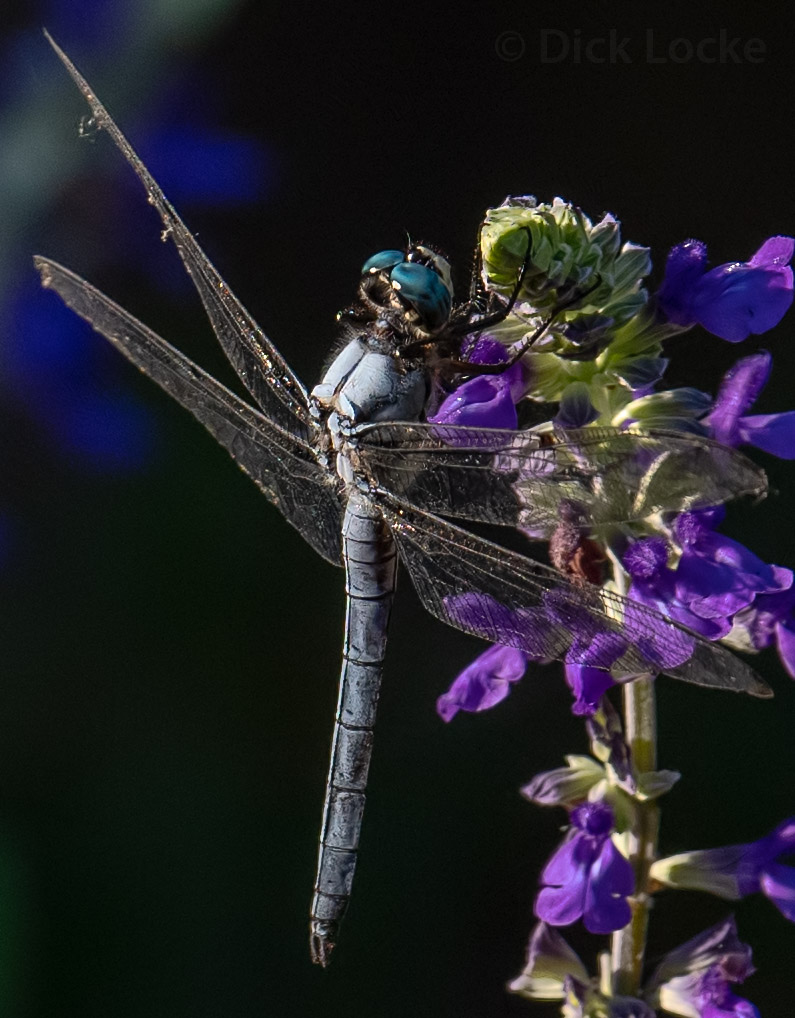
June, 2019
%2020190512_D854623.jpg)
The Woodlands, 5/12/2019. Teneral means recently molted and not having final colors.
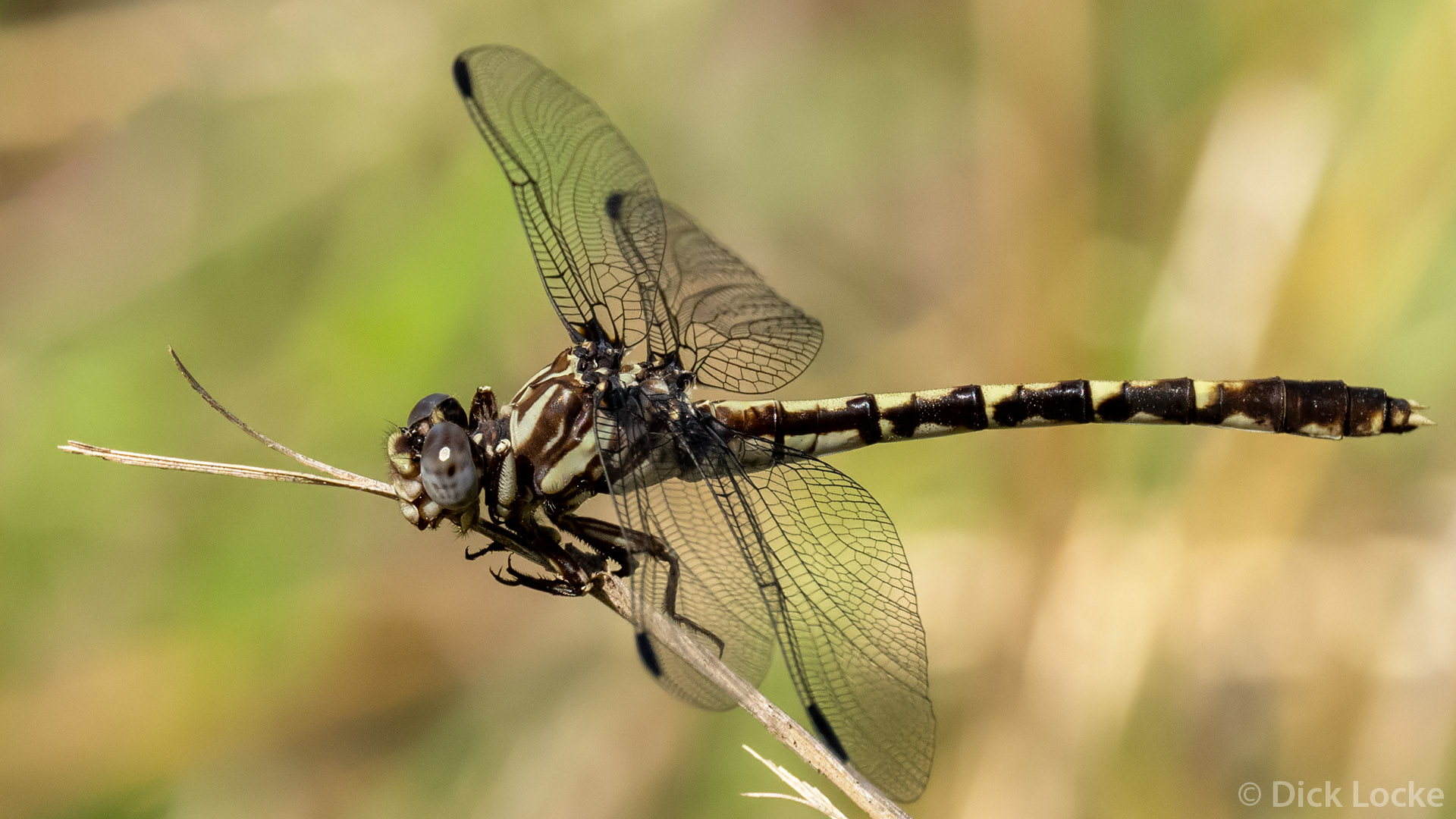
Above 4/15/2023 from The Woodlands Bear Branch Creek area.
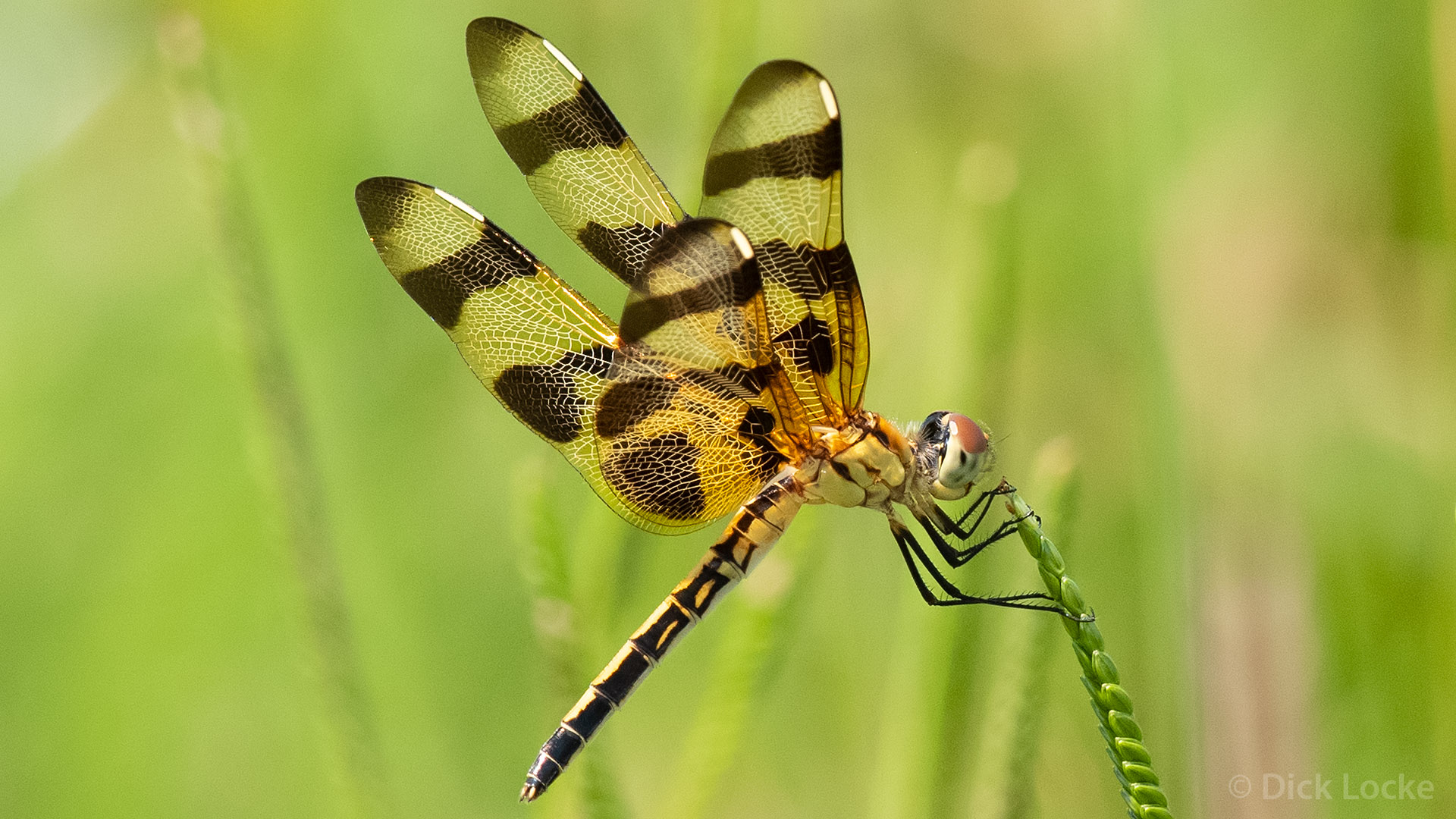
June 2020 from our neighborhood.
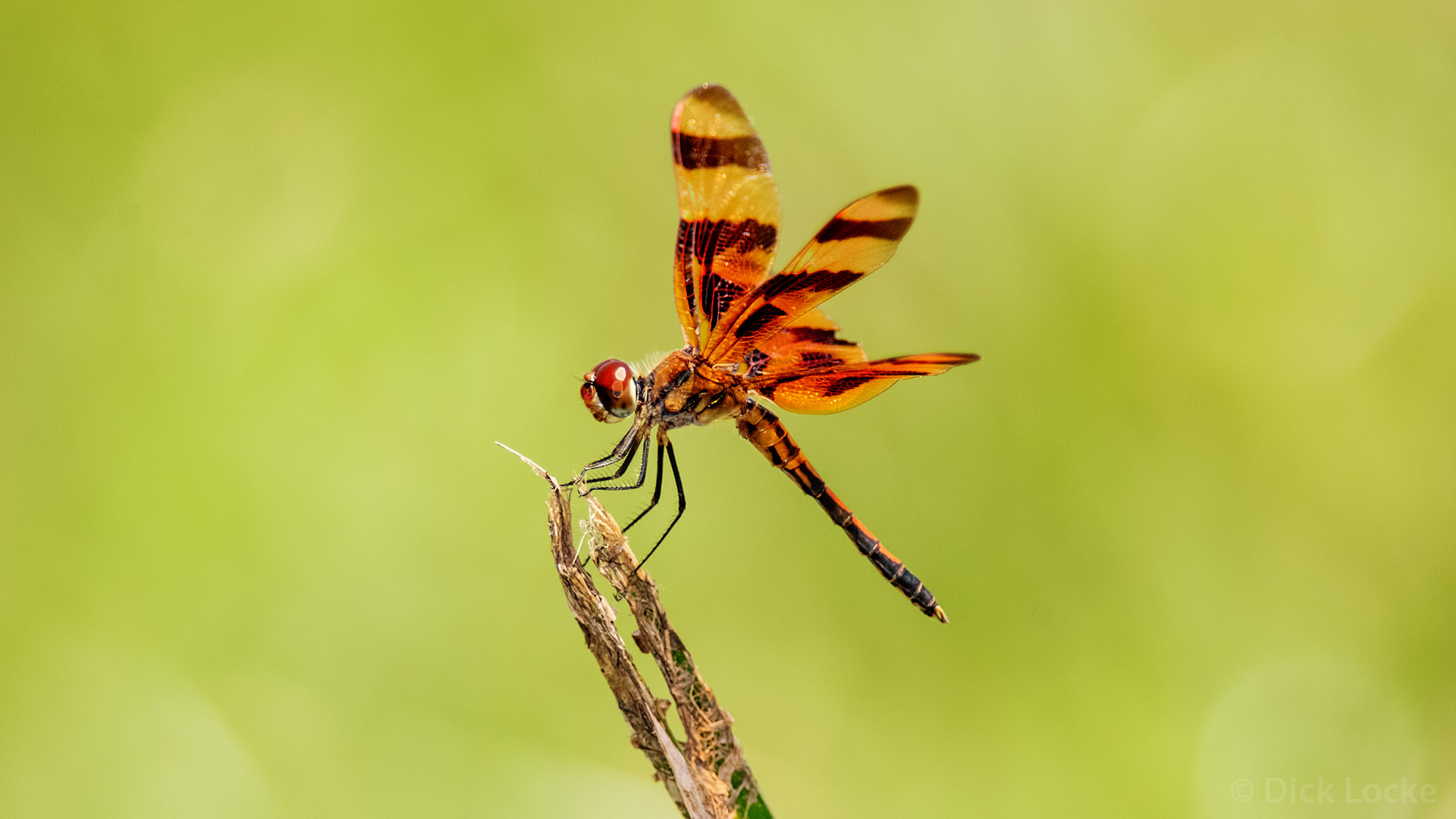
The males are more of an orange color, versus yellow for the females. July 2020.
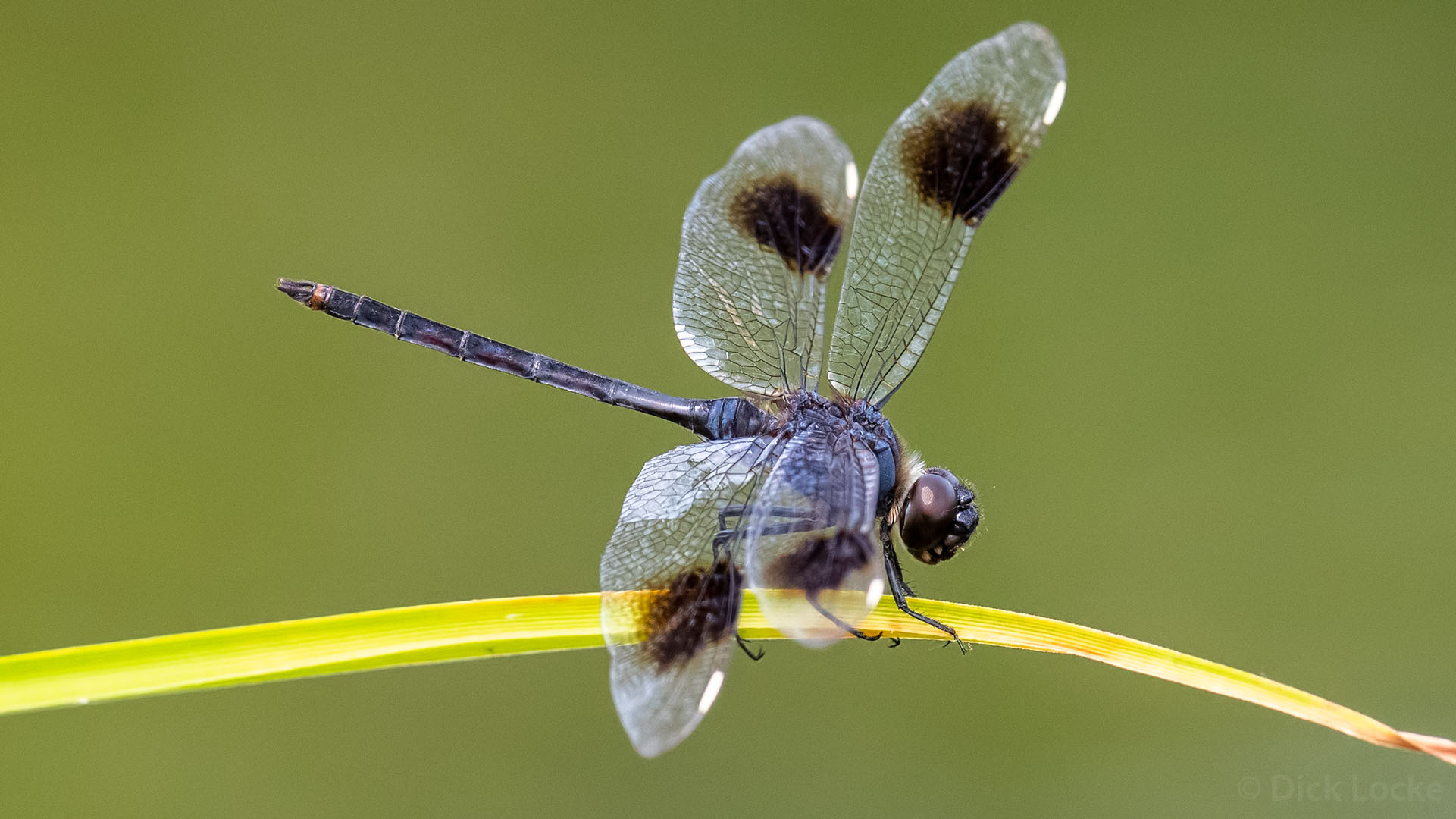
May 2020
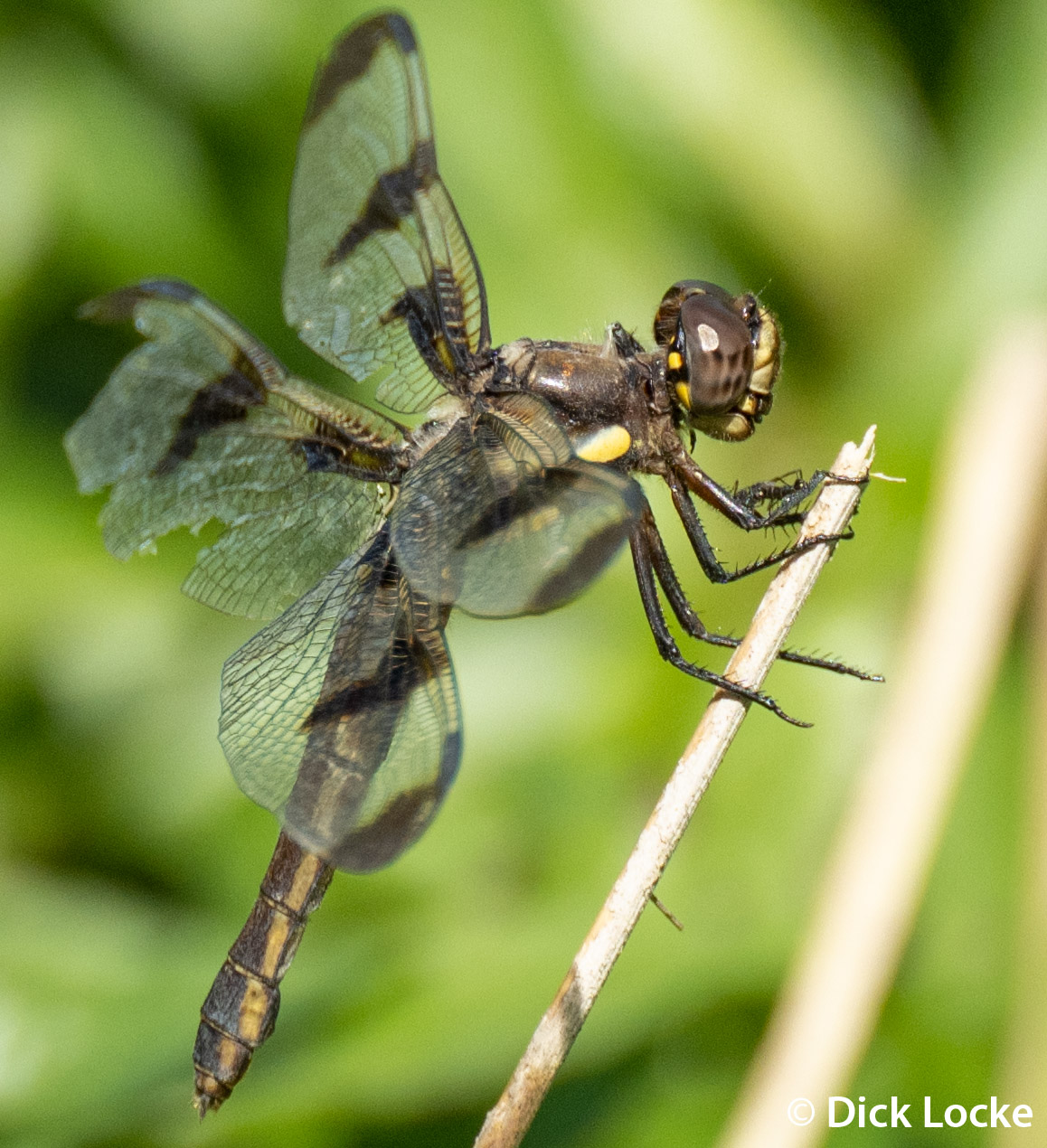
From October 23, 2022 in The Woodlands
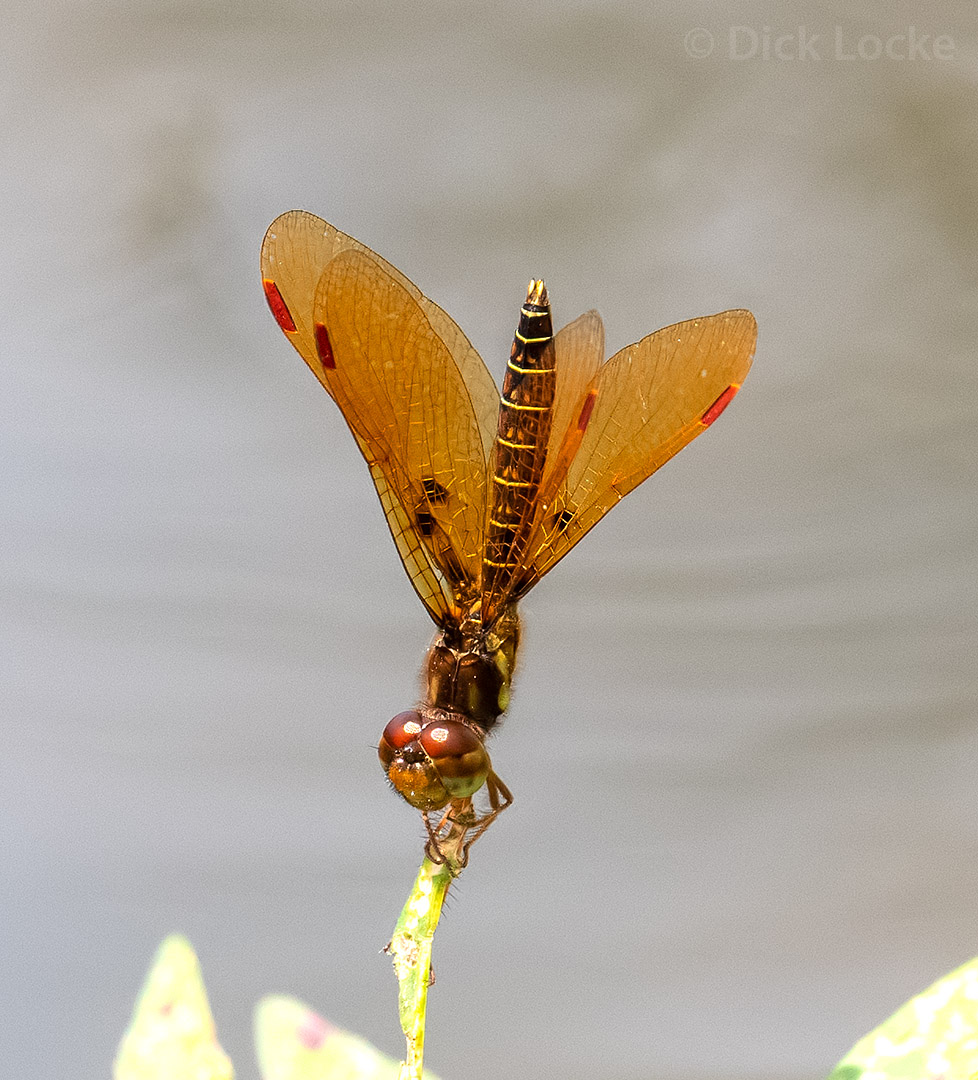
May 2020, HP. These are very small dragonflies, and can be confused with a large wasp with their coloring. June 2022, corrected sex!
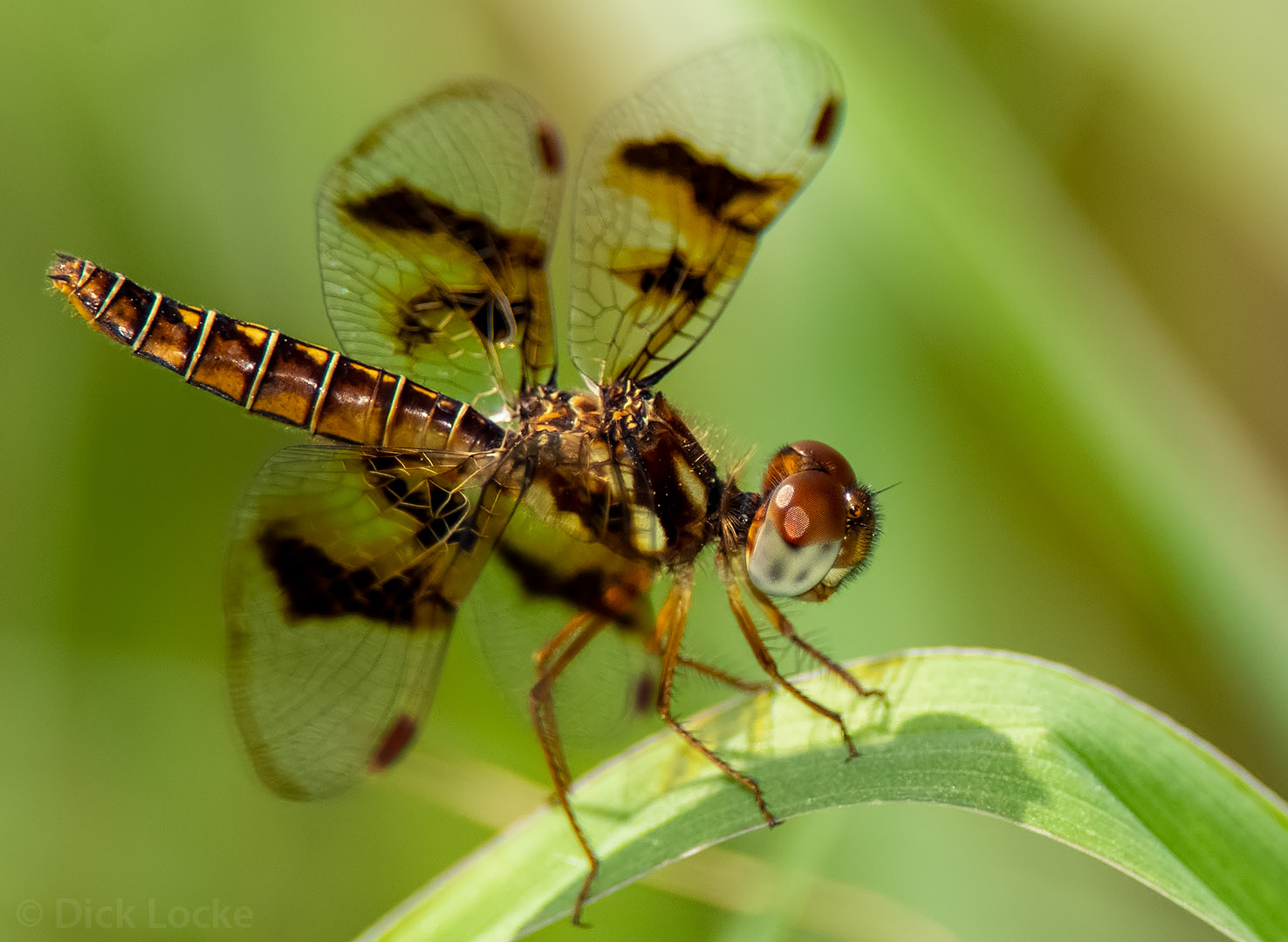
July 2020. Corrected sex, had them reversed, June 2022.
_D854027CPUSM.jpg)
July 2020. Very excited to find this guy as they seem somewhat rare.
-Male_D856108Brighter.jpg)
Here's a different forceptail, 7/17/2021. The male has the vertical stripe behind the eyes, females do not.
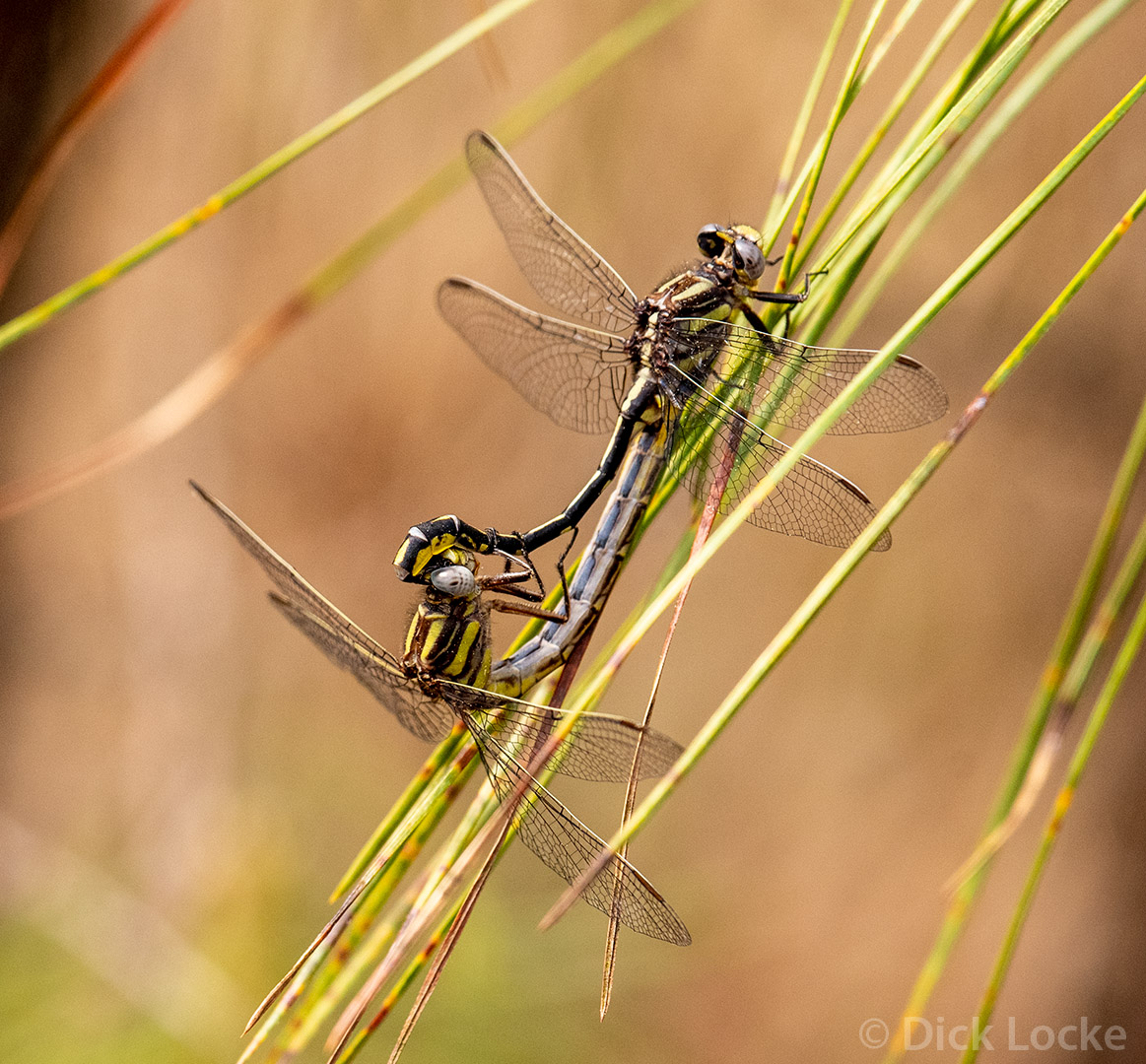
Male upper right. April 2, 2022.
Below are two views of an immature male Slaty Skimmer
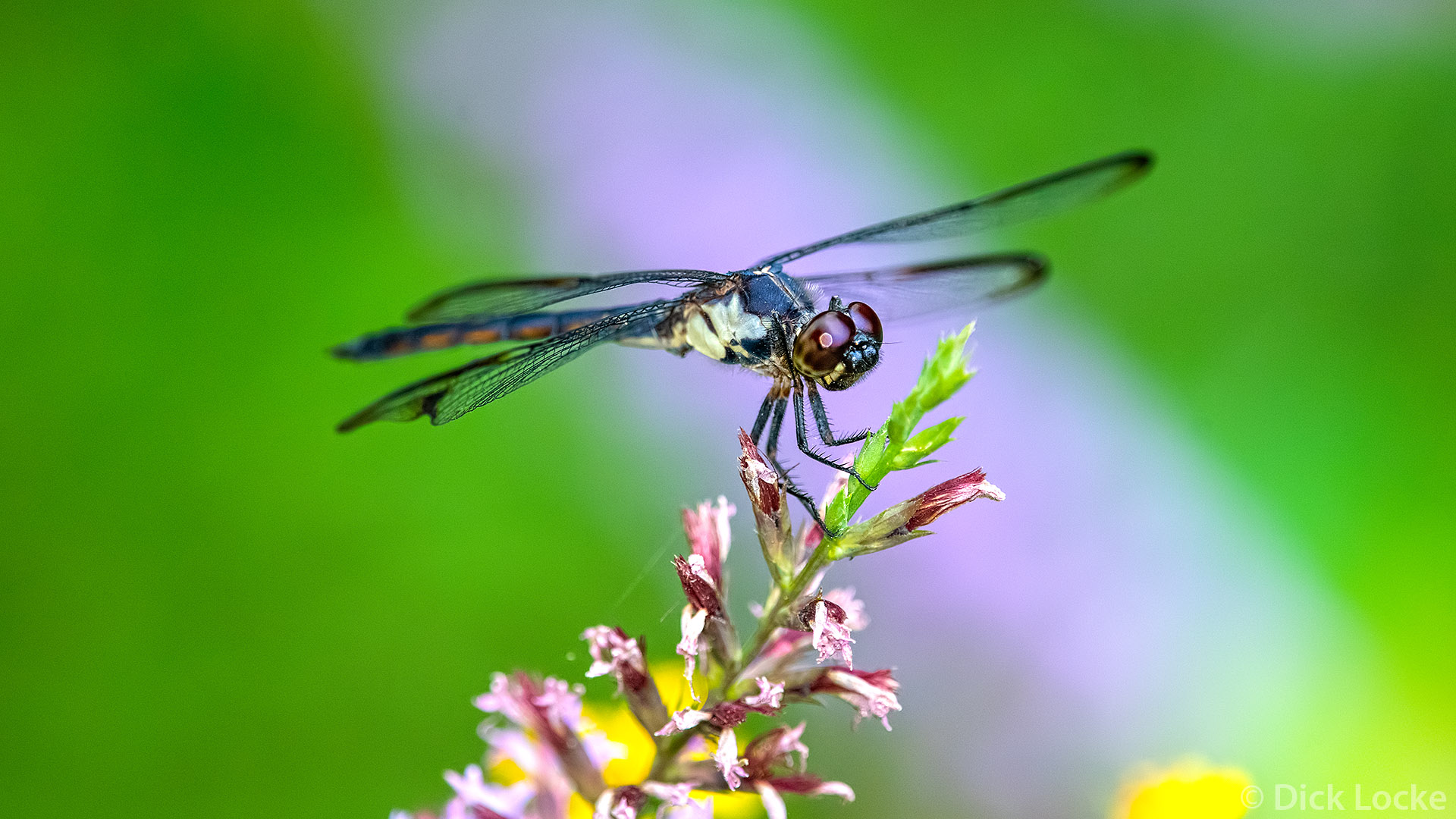
Both the Slaty Skimmers were from 8/1/2021. Looks like the blue fades to black as they age.
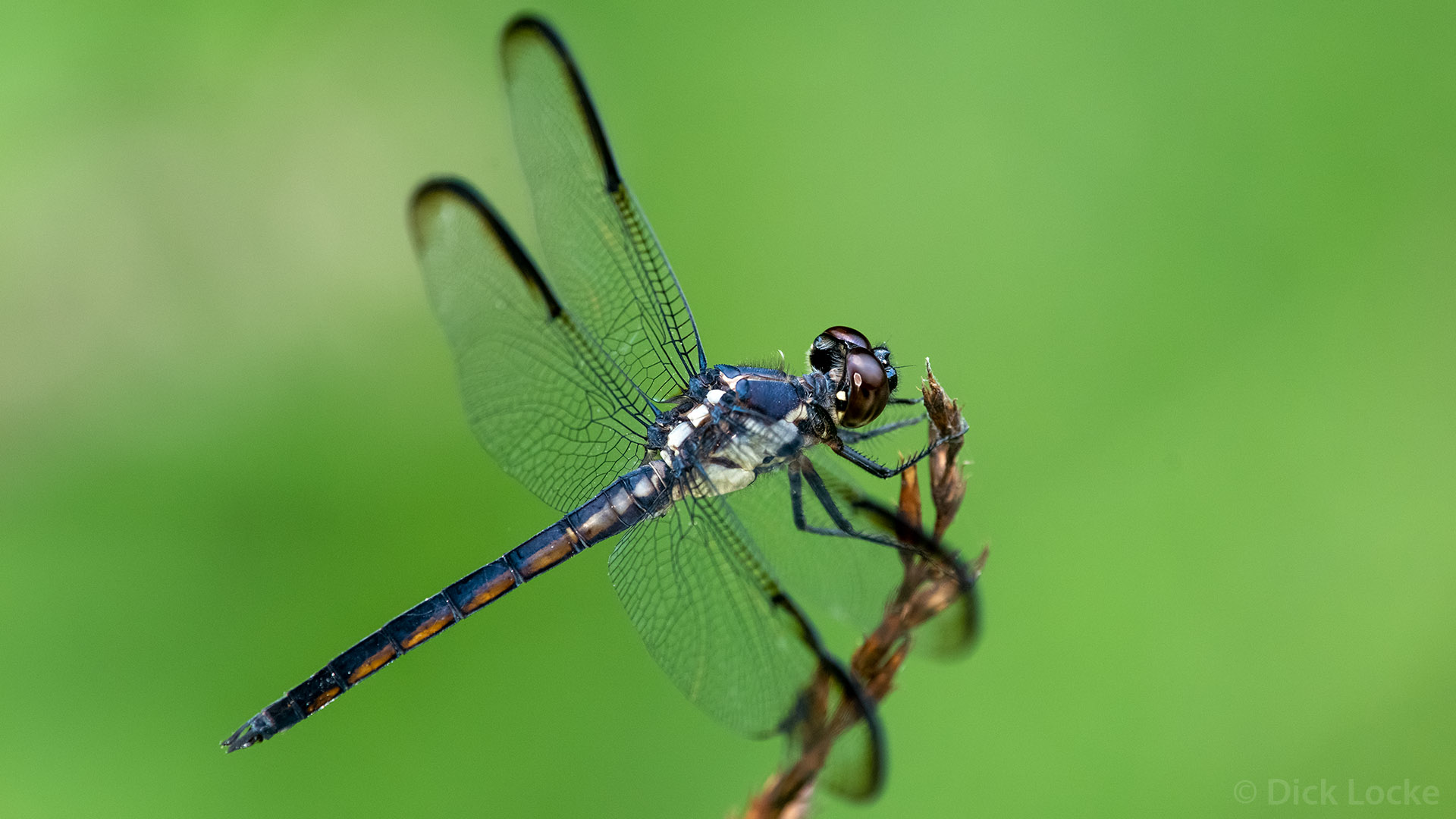
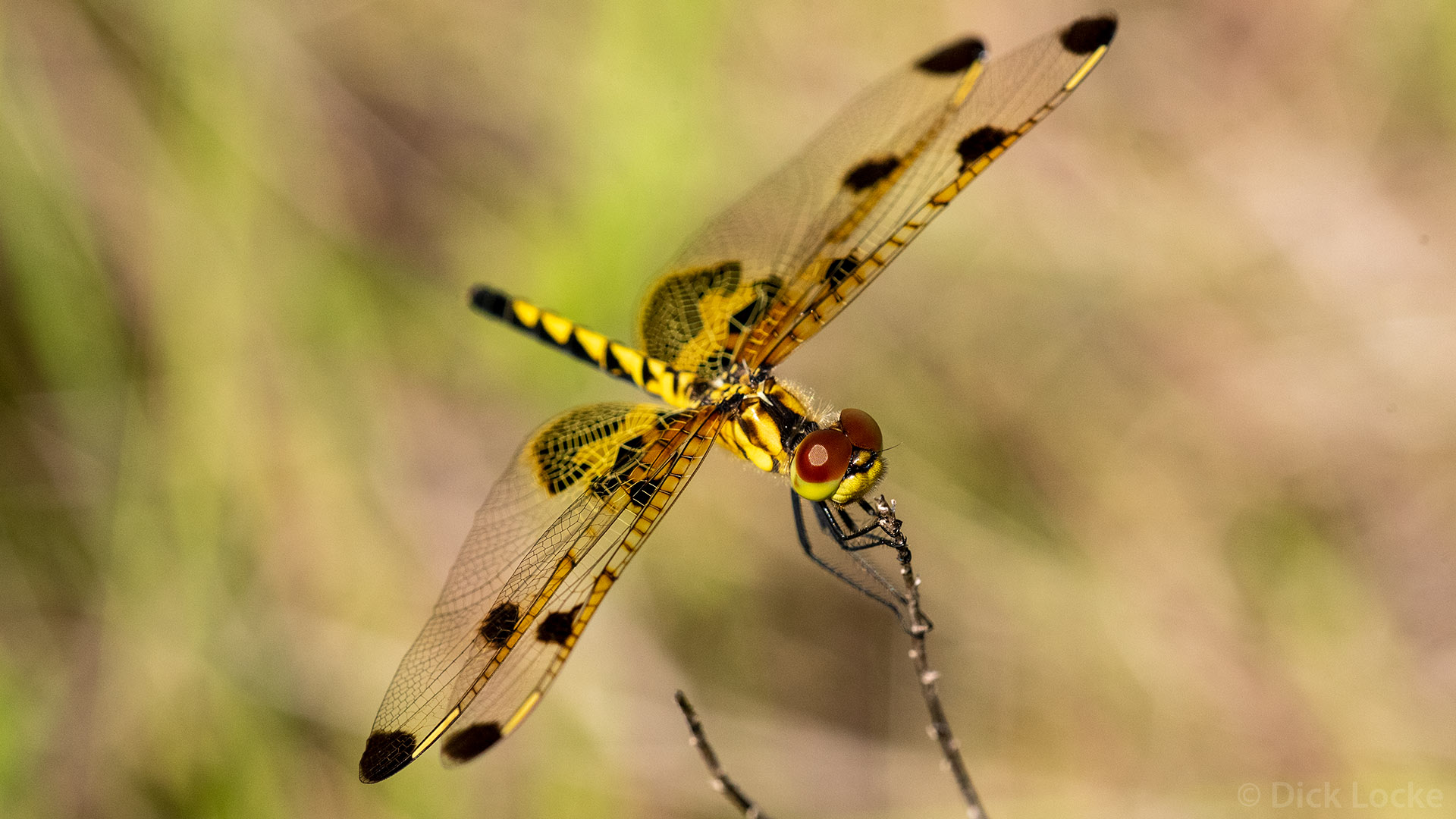
June 15, 2021. Note to self, don't assume the yellow dragons in the distance are always Halloween Pennants!
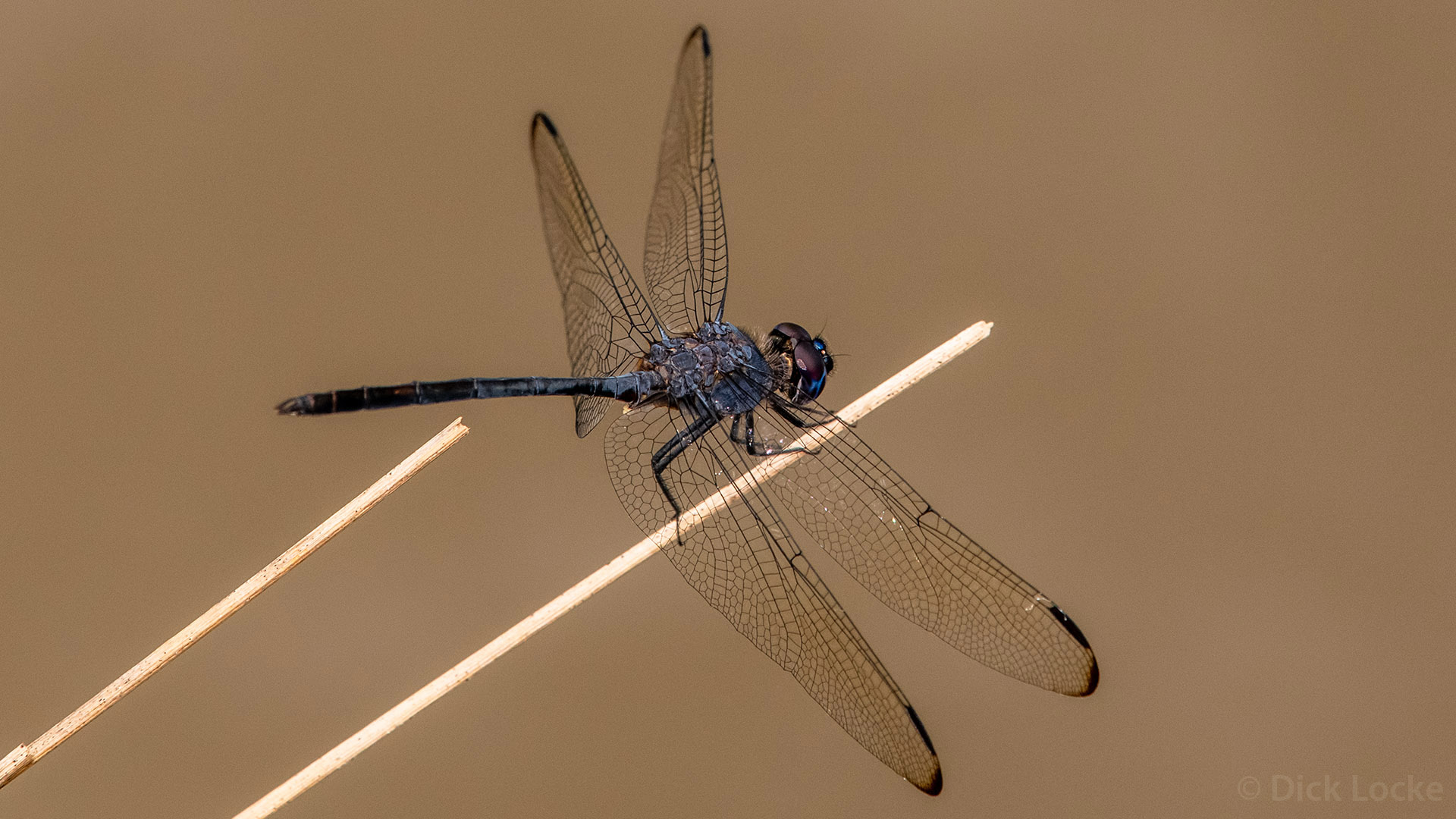
July 2021 The Woodlands.
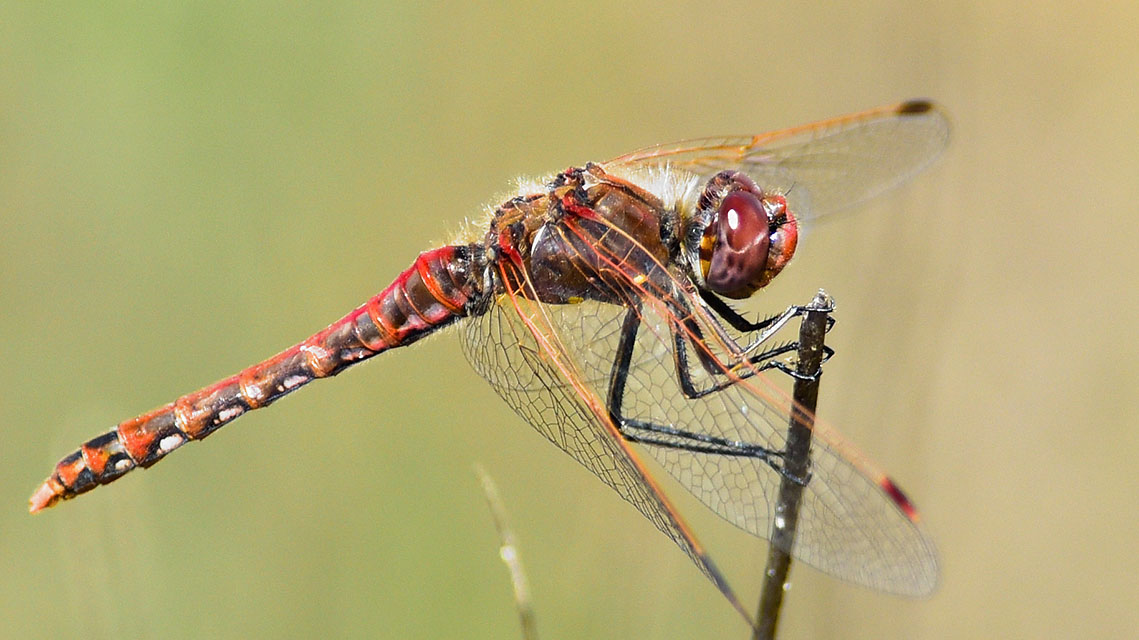
This one is with the Nikon D750 and 300mm f2.8 VR lens with a 1.7x teleconverter. Shot at 1/1250s, f6.3, ISO 400 matrix metered.
_Z9D2498Brighter.jpg)
Seen March, 2023, near The Woodlands. The names are appropriate; these are very small dragons.
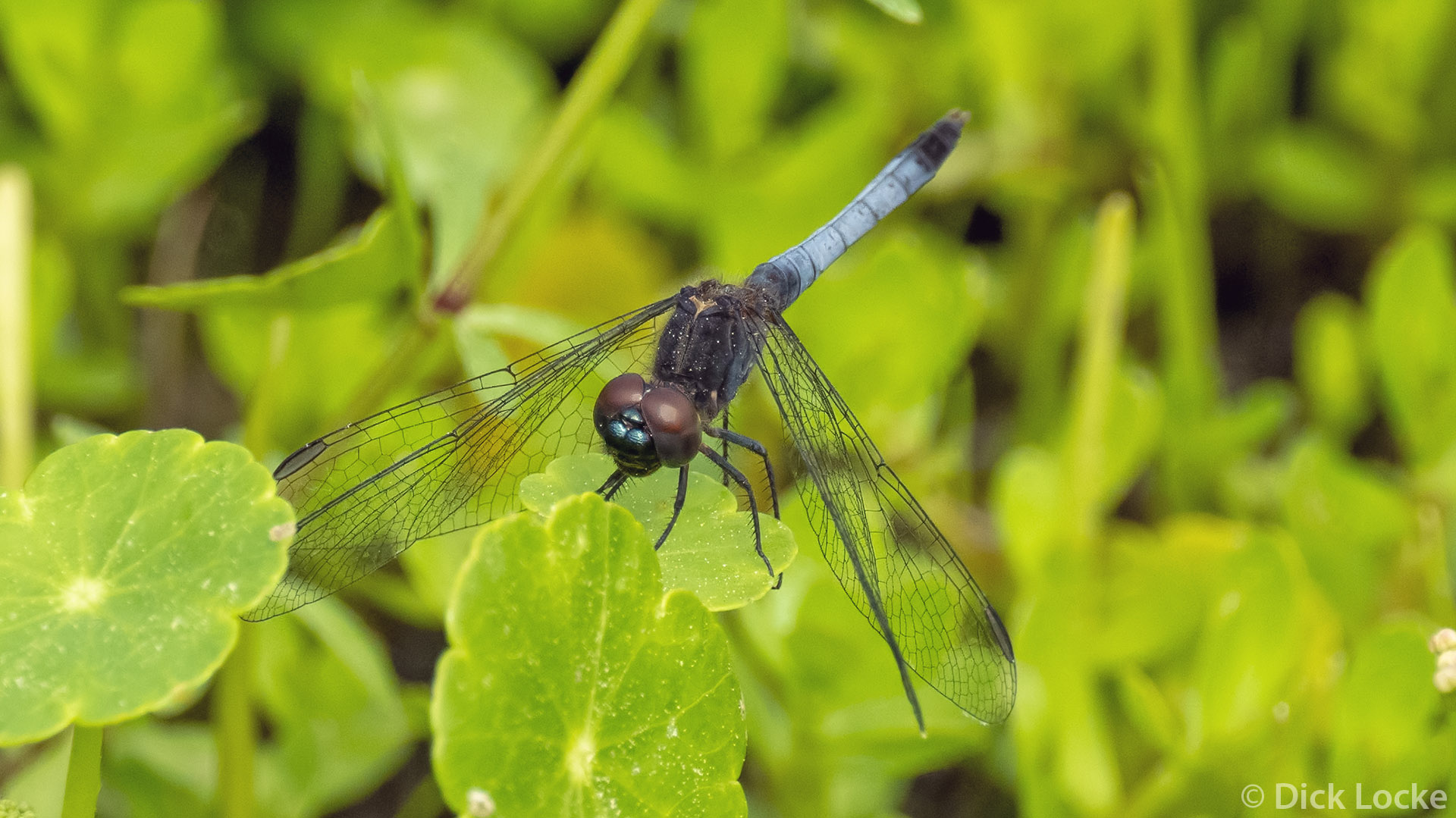
Seen March, 2023, near The Woodlands.
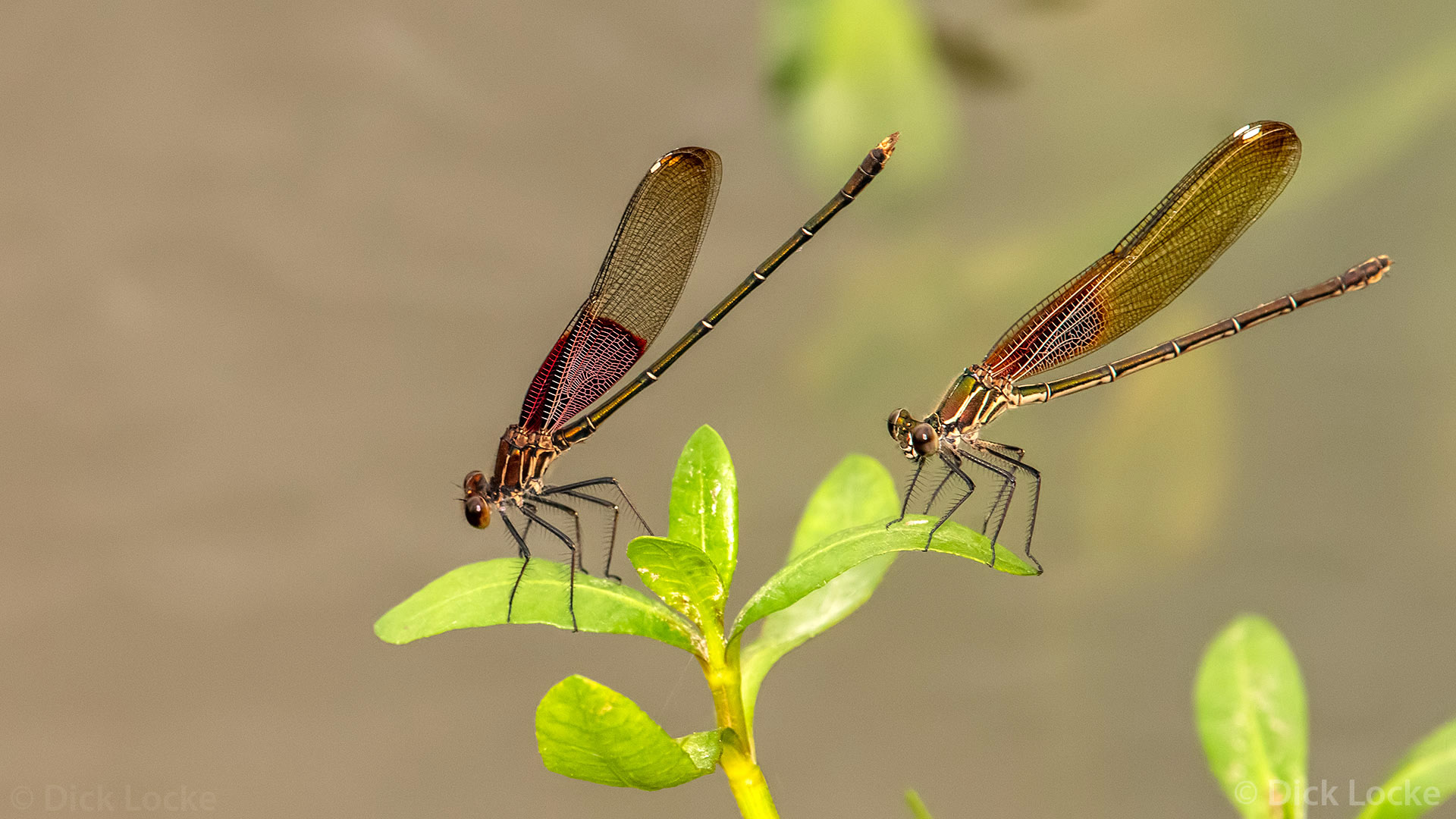
From July, the lovely American Rubyspot dameselflies. These two were kind enough to pose as shown, the male on the left and the female on right. In flight the "ruby spots" on the wings are really something; no luck catching that just yet. There are quite large for Damsels. The female comes in two color forms, she may have either green or copper colored marks on the thorax.
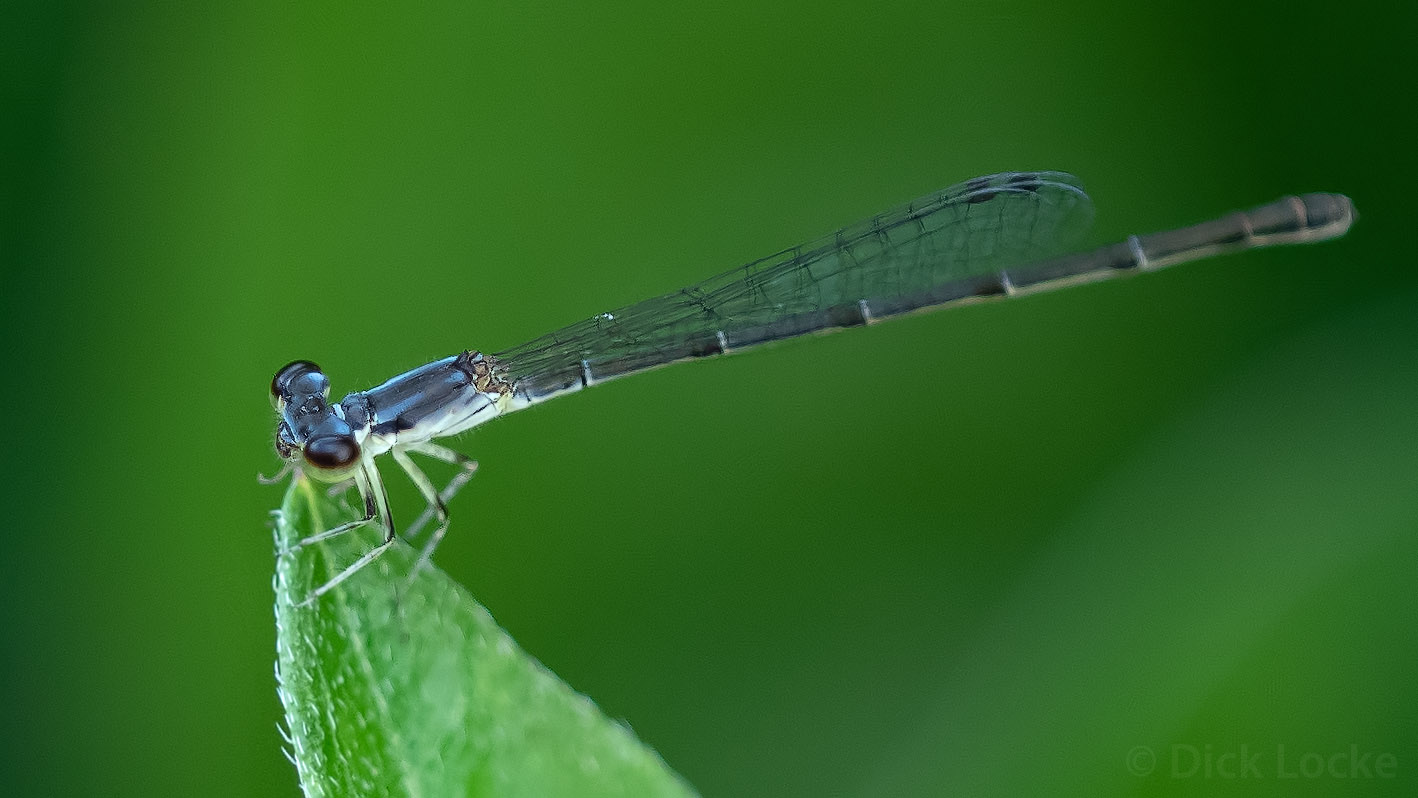
2019
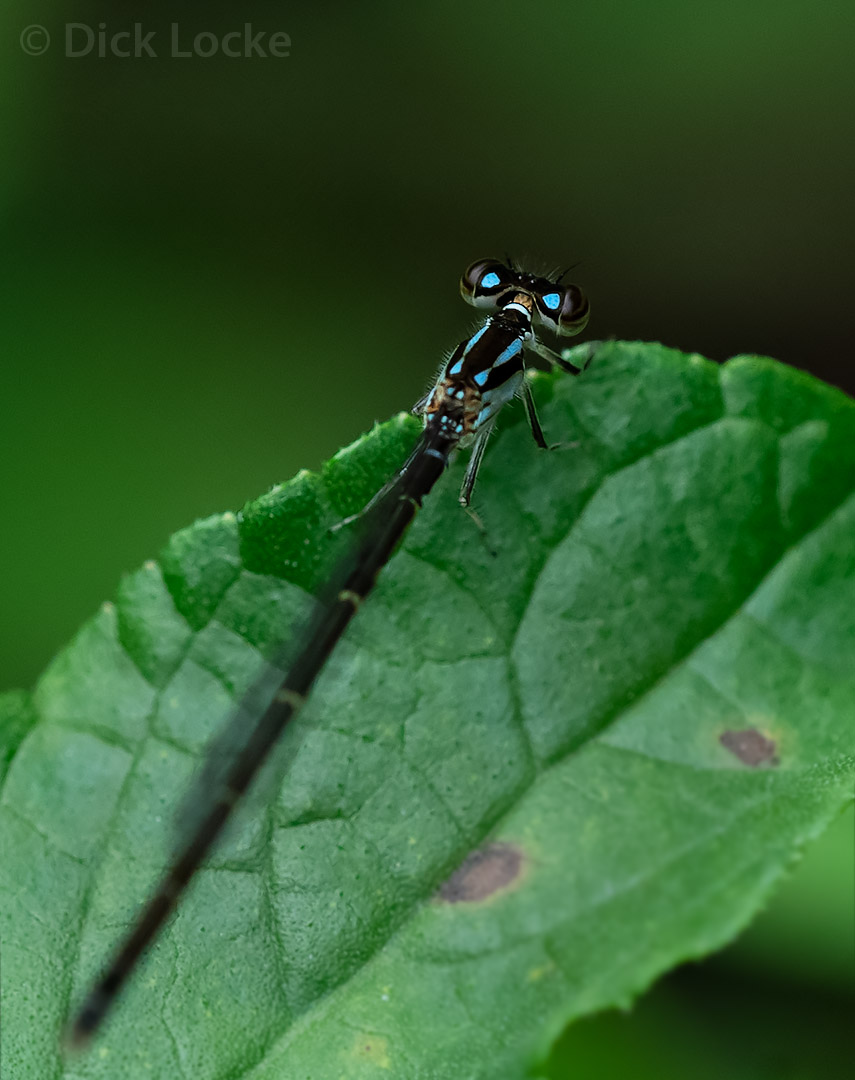
2019
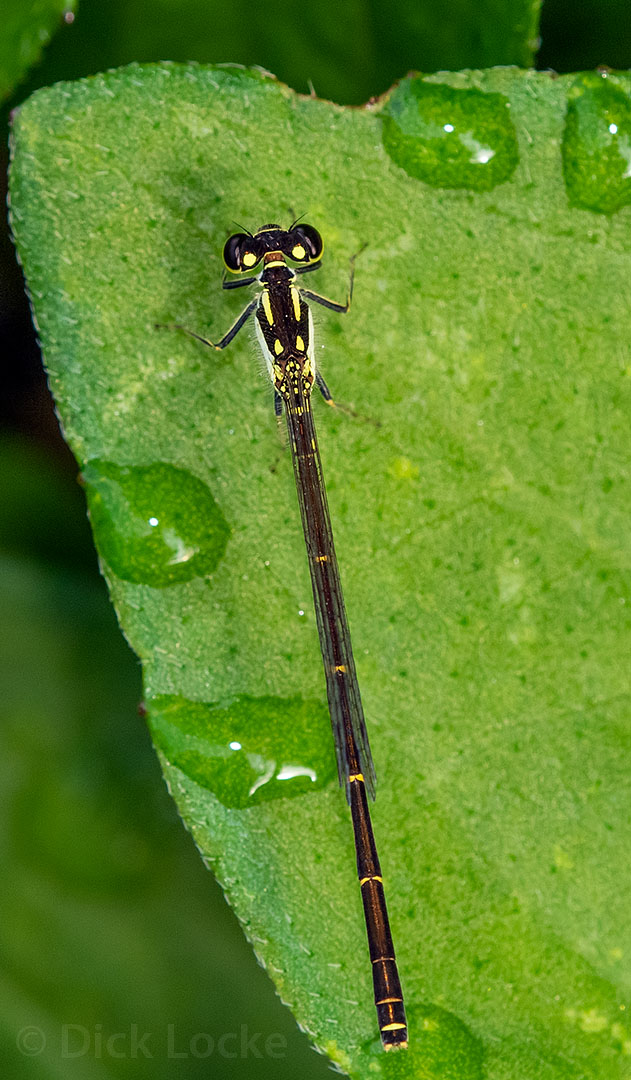
2020
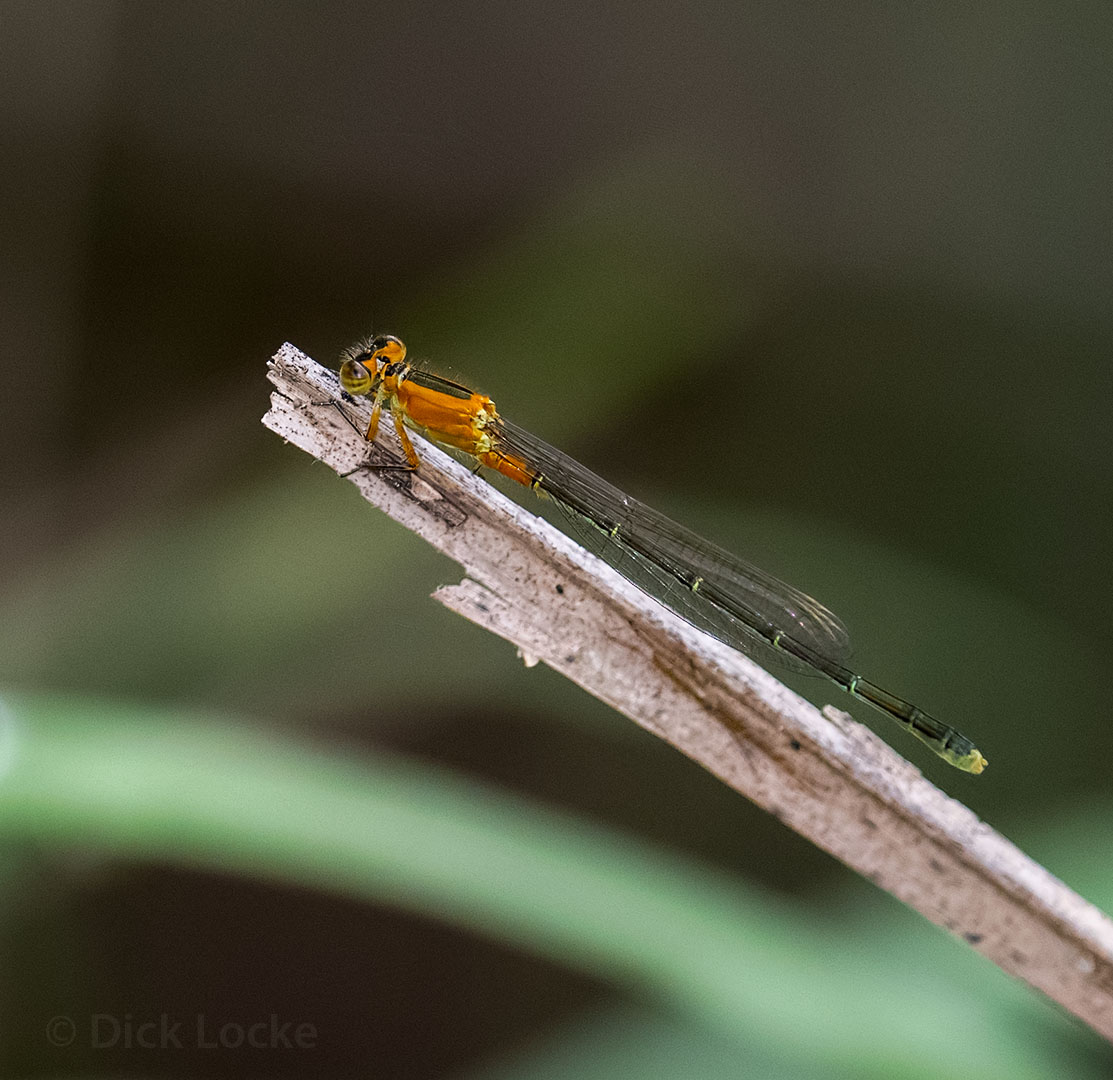
2019
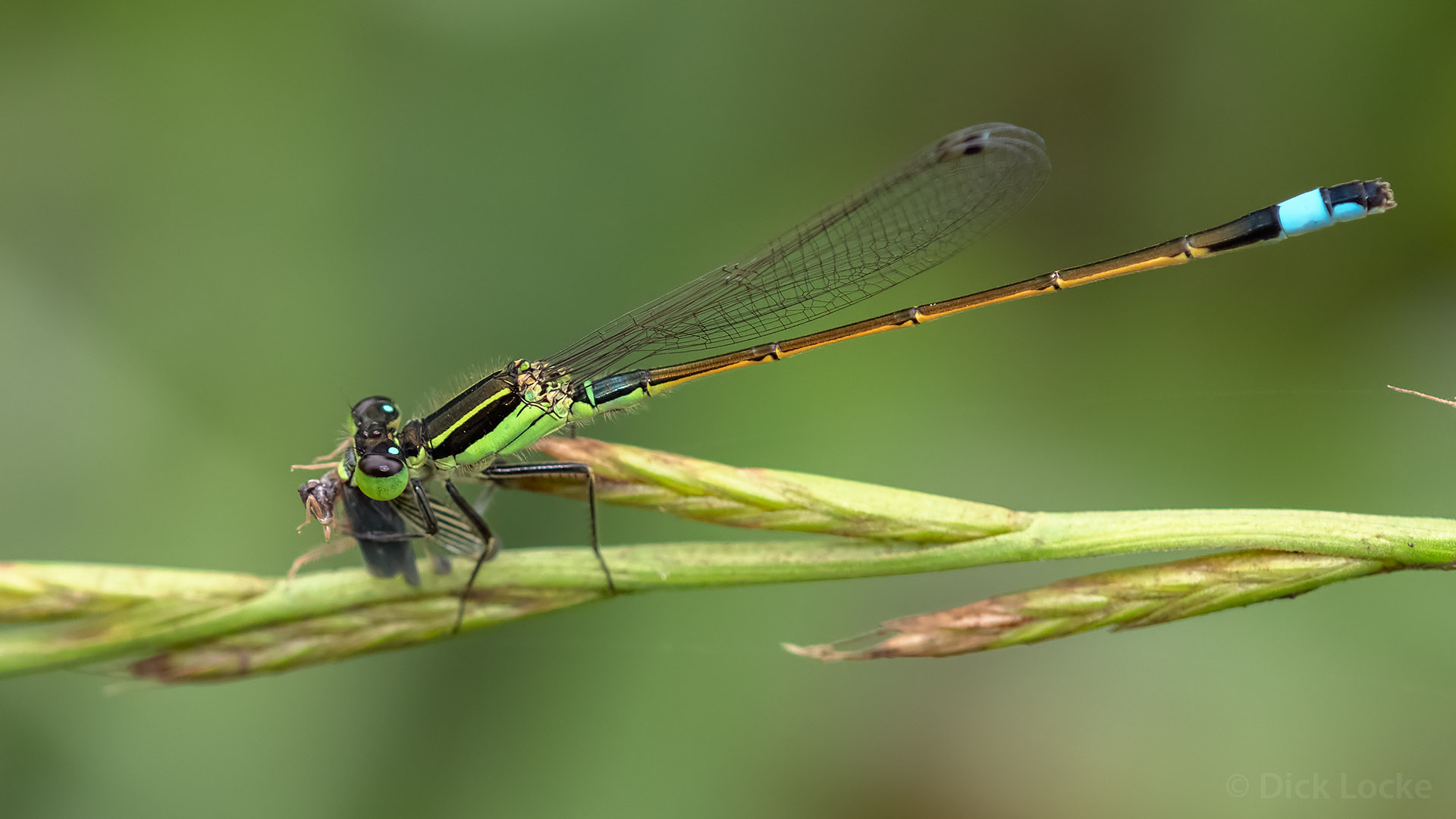
2019 - Got himself some brunch
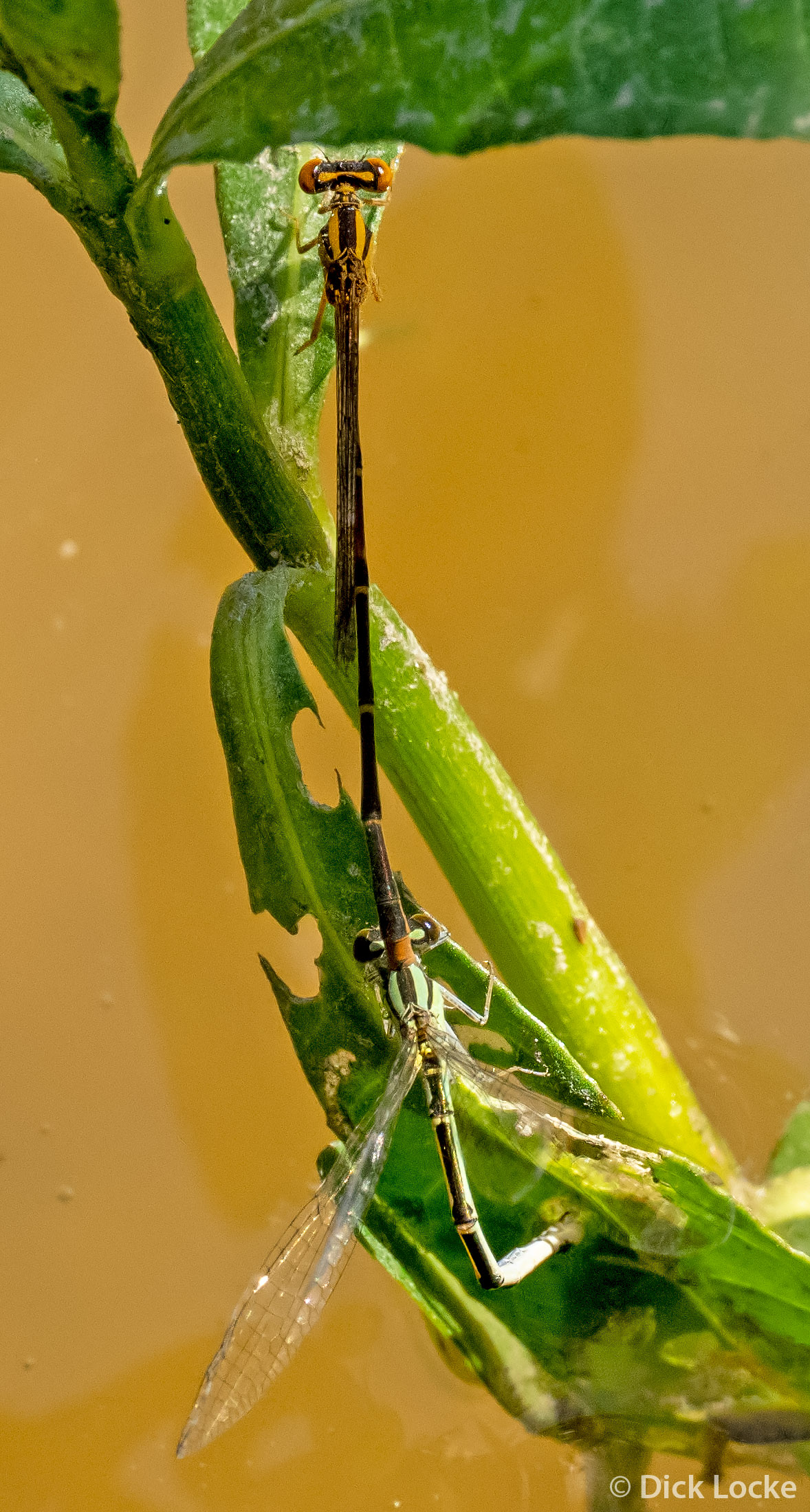
March 25, 2023 from The Woodlands
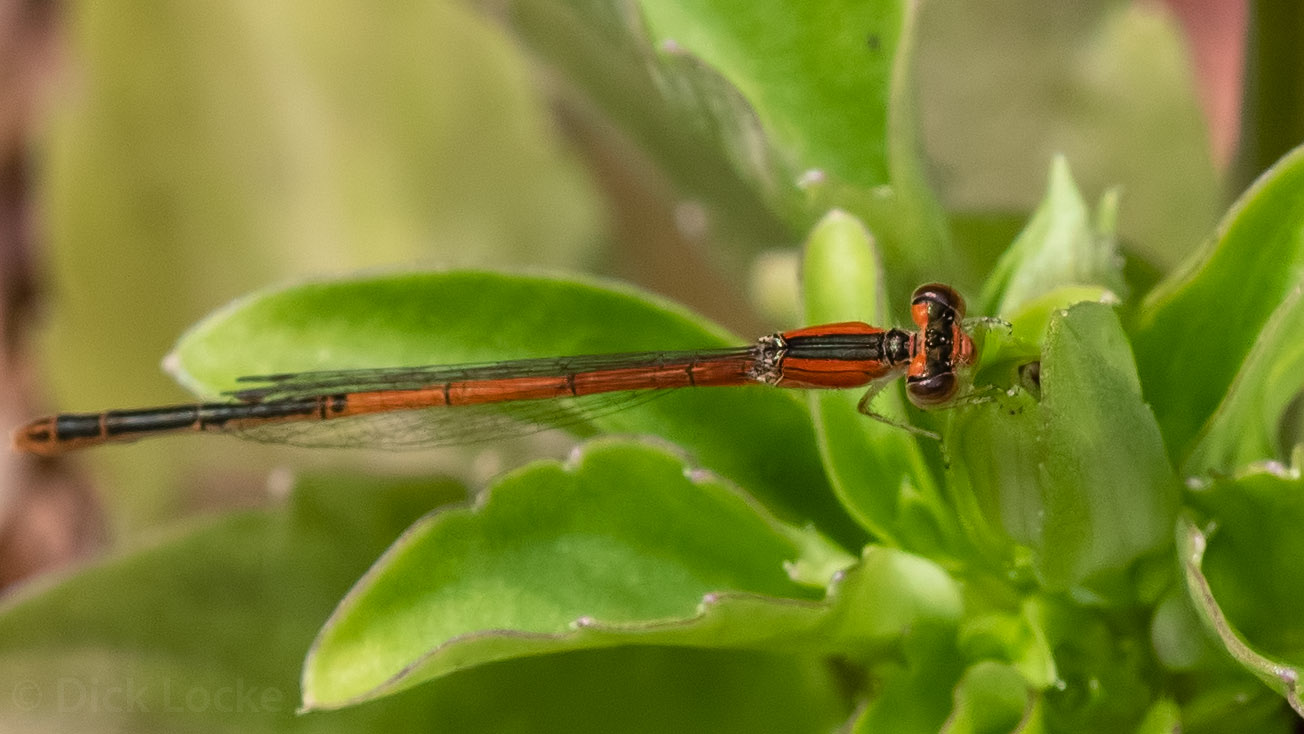
5/13/2020 Just to make identification interesting the females have 3 different colorations. Bugguide says: A polymorphic species. Males with either bright green thorax or a bluish thorax. Females with 3 forms: i) orange, ii) olive, or iii) male-like.
_D757248.jpg)
This is a grinning male Citrine Forktail Damselfly (Ischnura hastata) from the backyard June 2021. I realize this close-up makes it look "big" but these are the smallest damsels in the US, about 1 inch from head to tail. They blend in so well you pretty much have to catch them flying to see them at all.
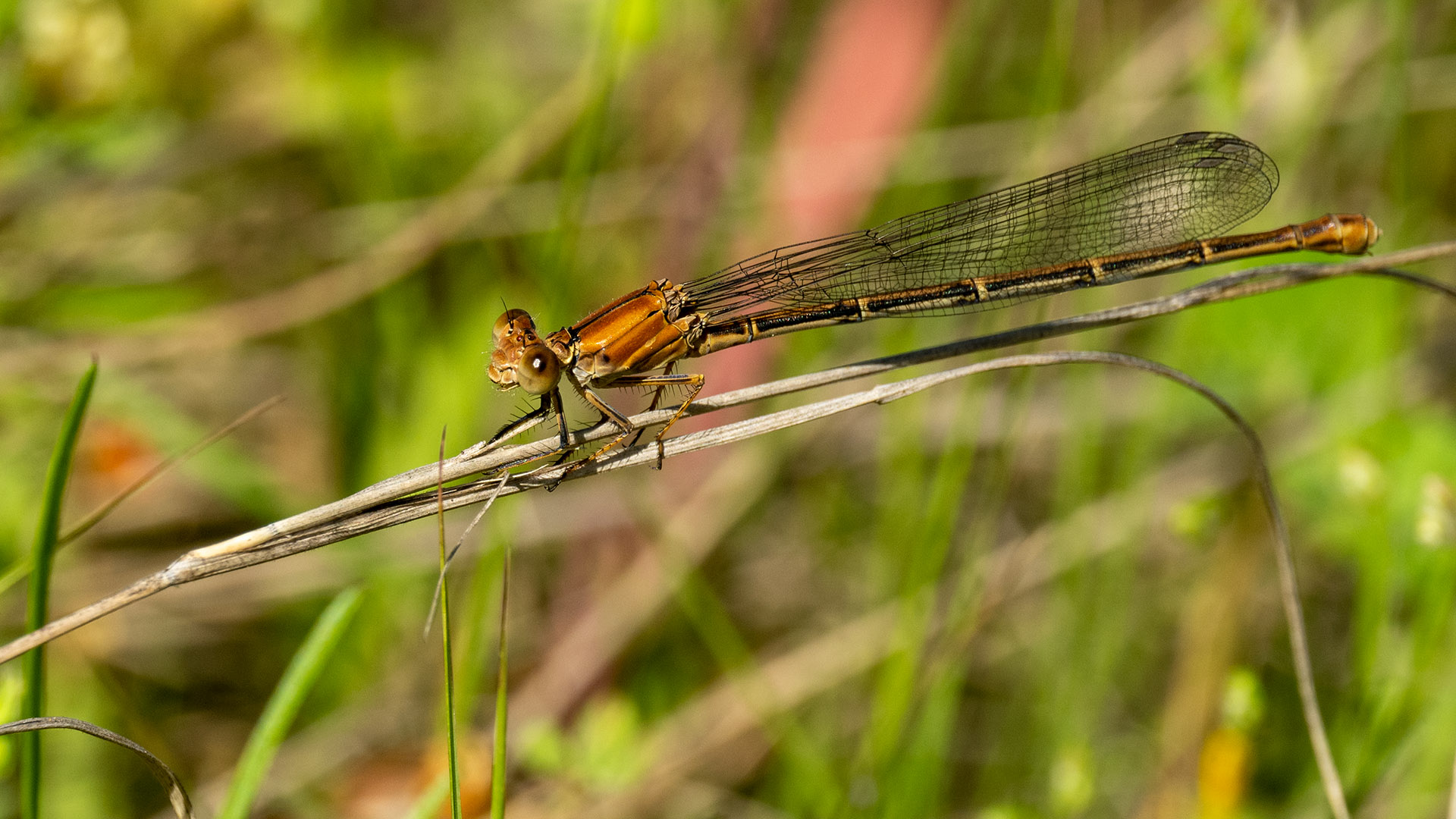
April 15, 2023, The Woodlands.
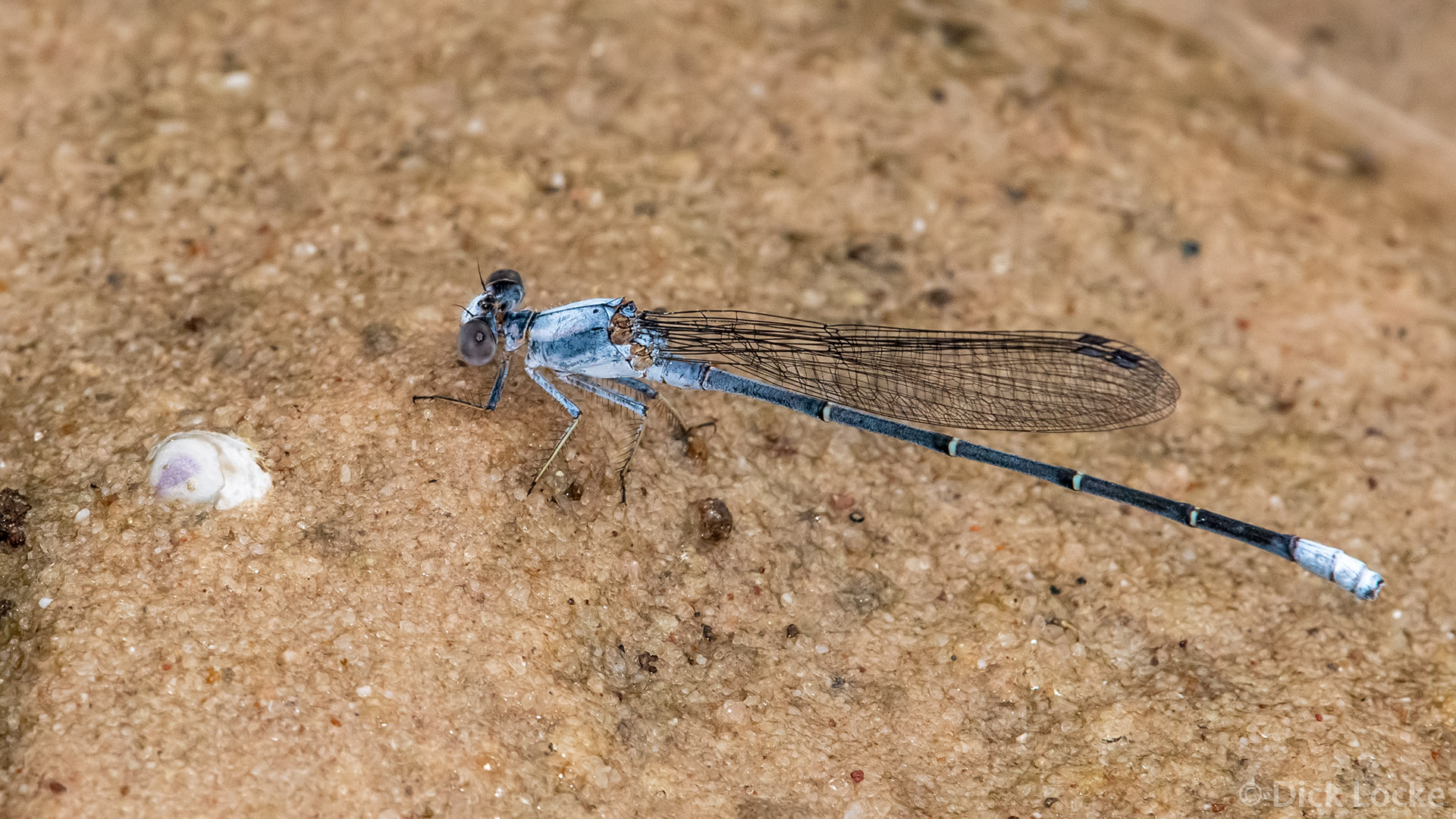
8/1/2021
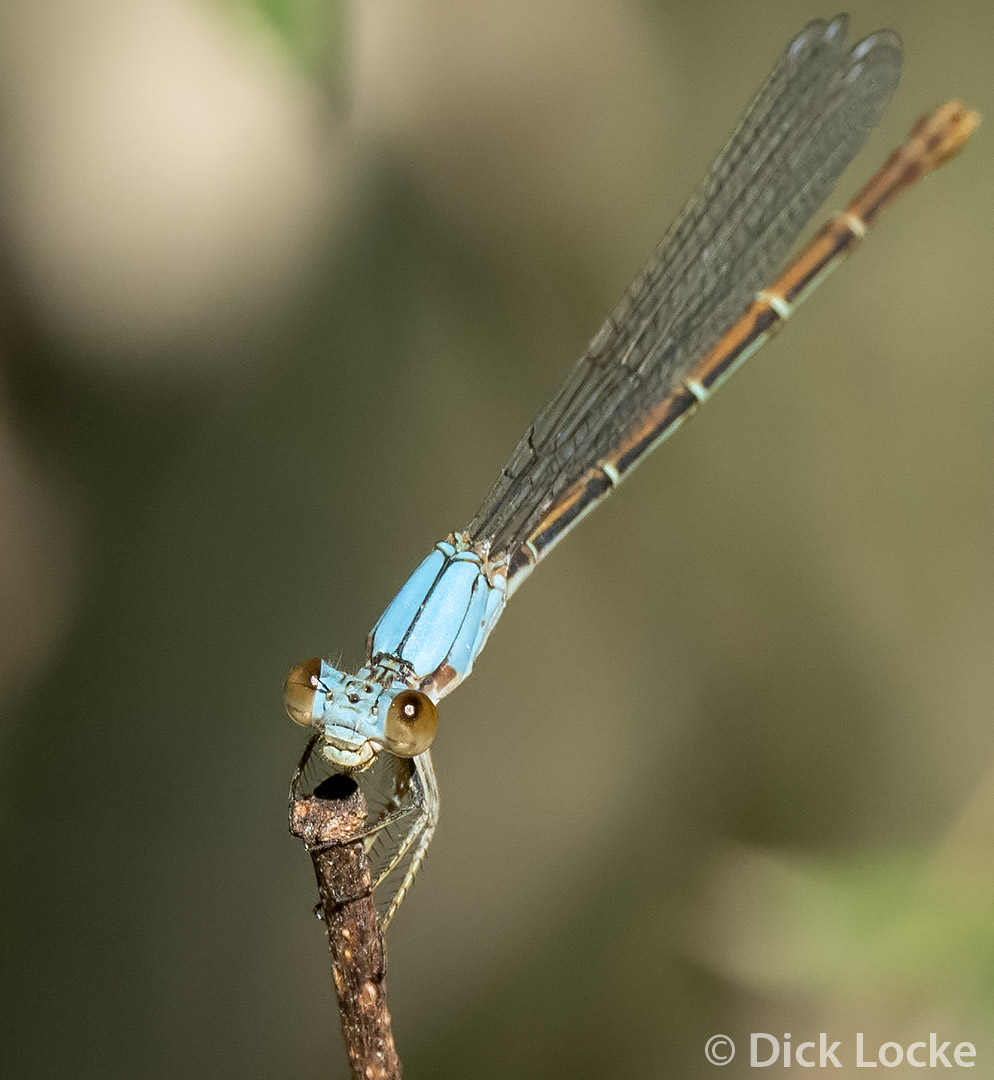
Note now different this looks from the previous, despite being same species & sex. 10/23/22.
.jpg)
May 2019 from the Bear Branch area. This tandem pair shows the male on top and in better focus; with the female being more green.
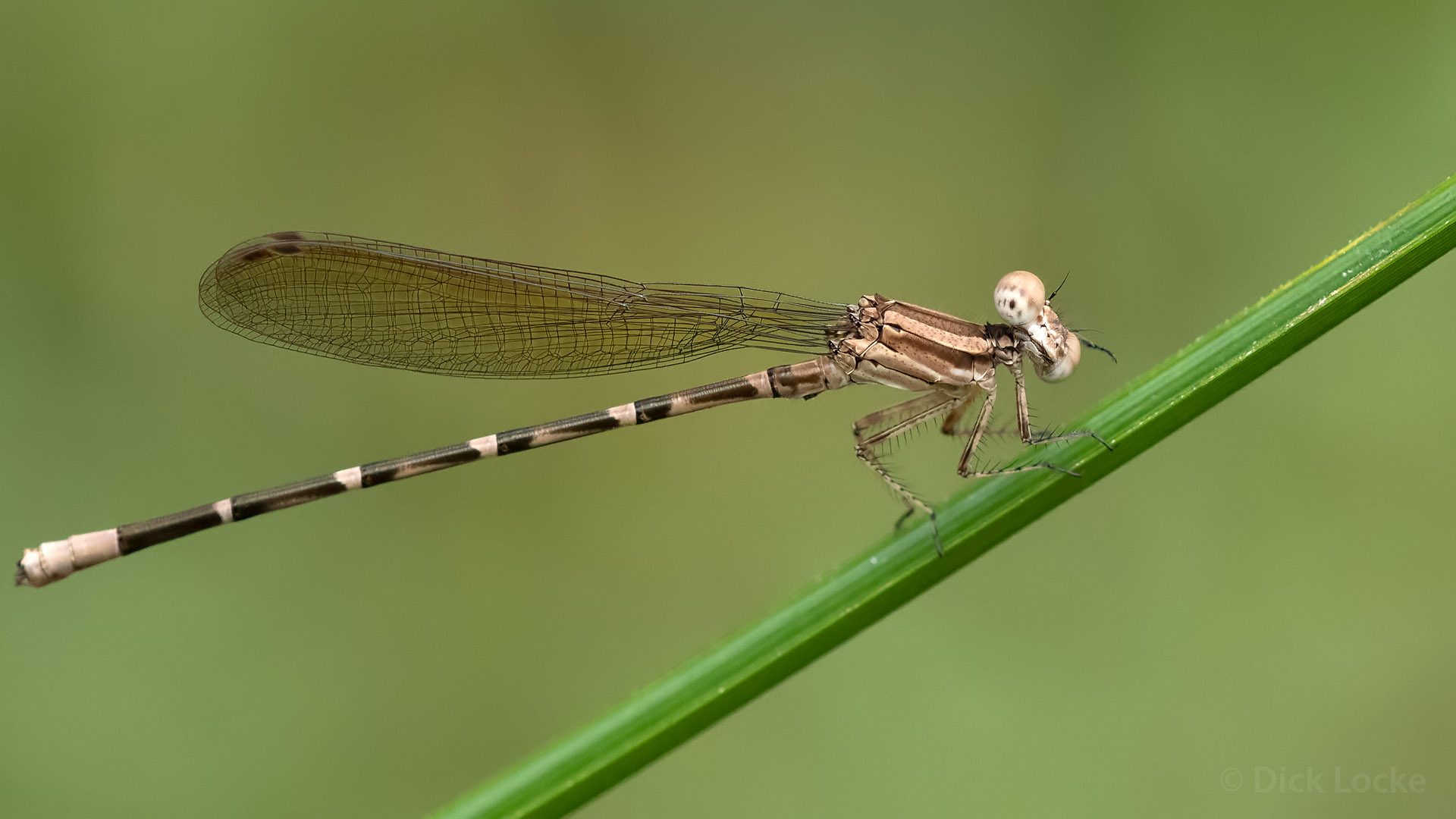
May, 2019
TurquoiseDamsel_D854638Crop.jpg)
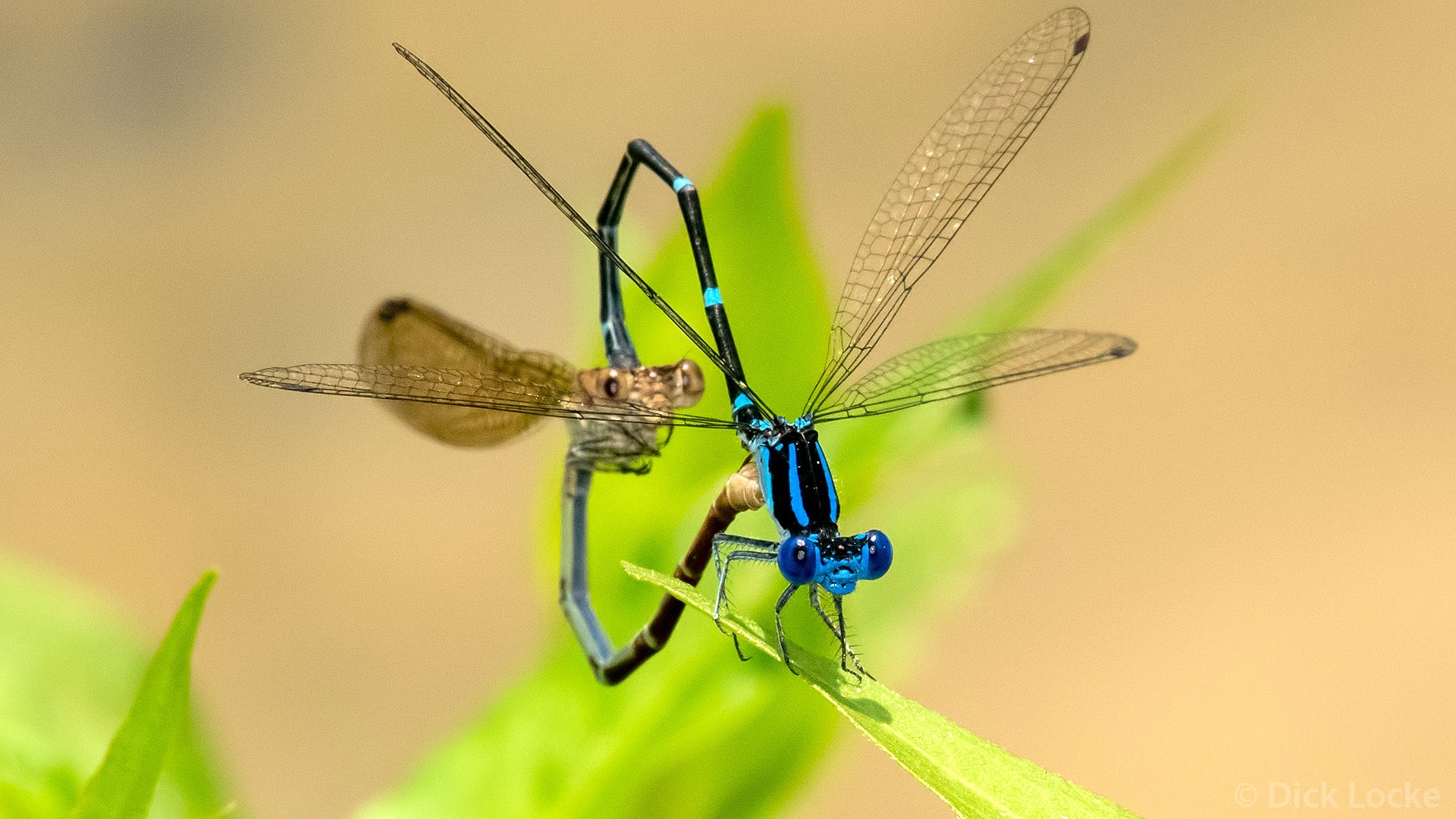
The male is the deep blue - August 2021 in The Woodlands.
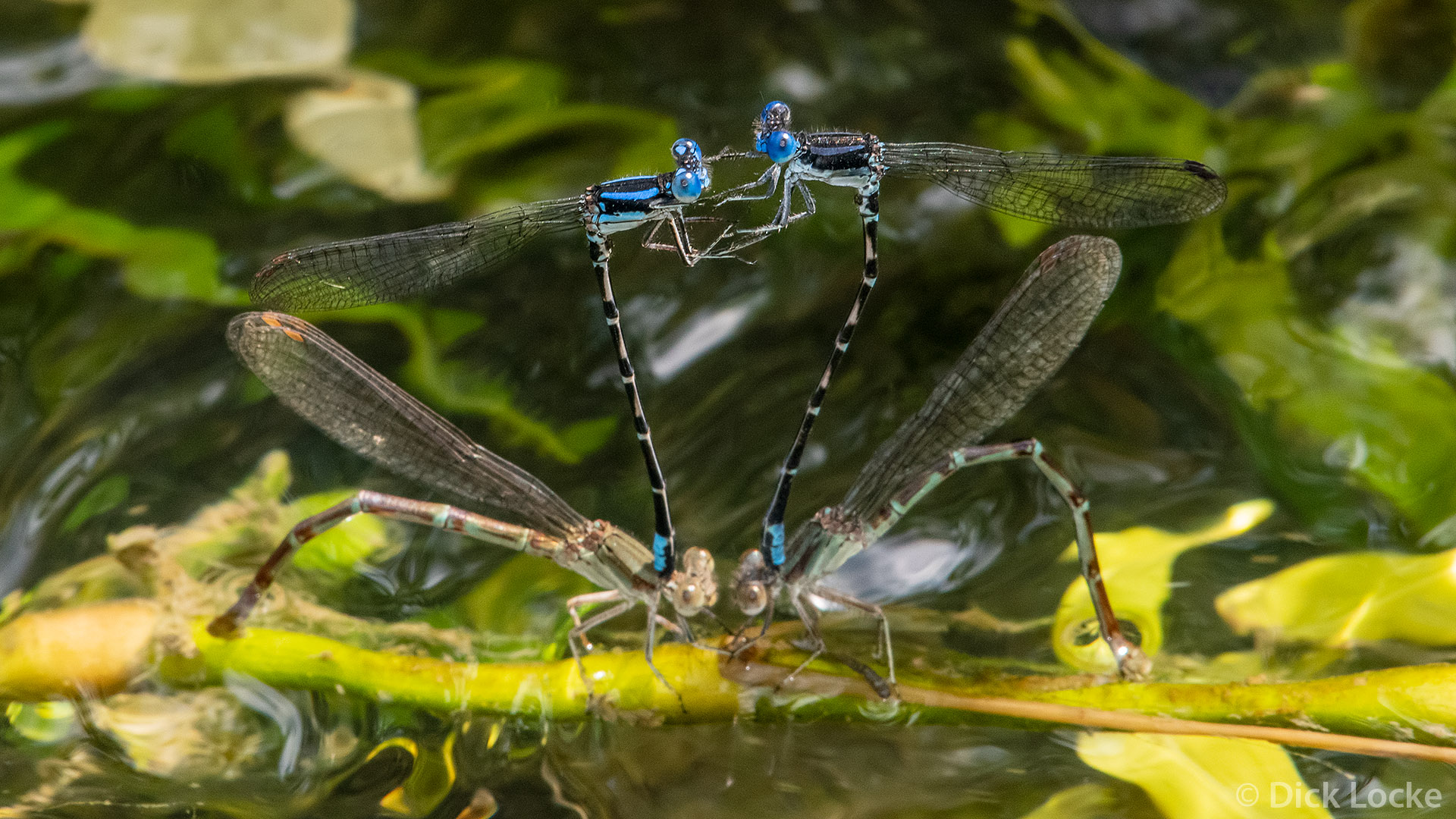
Above - September 2021 The Woodlands - these are the dominant species in terms of numbers right now at the stream.
Copyright ©
by Dick Locke. All Rights Reserved.
Contact and Image Use Information